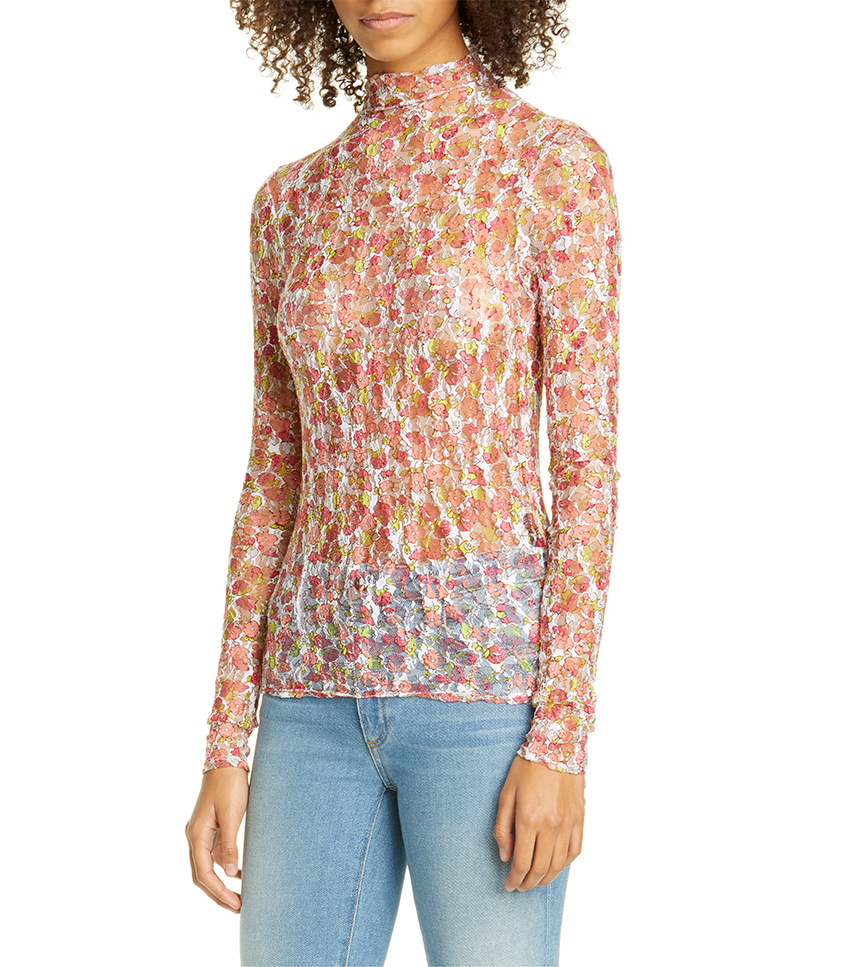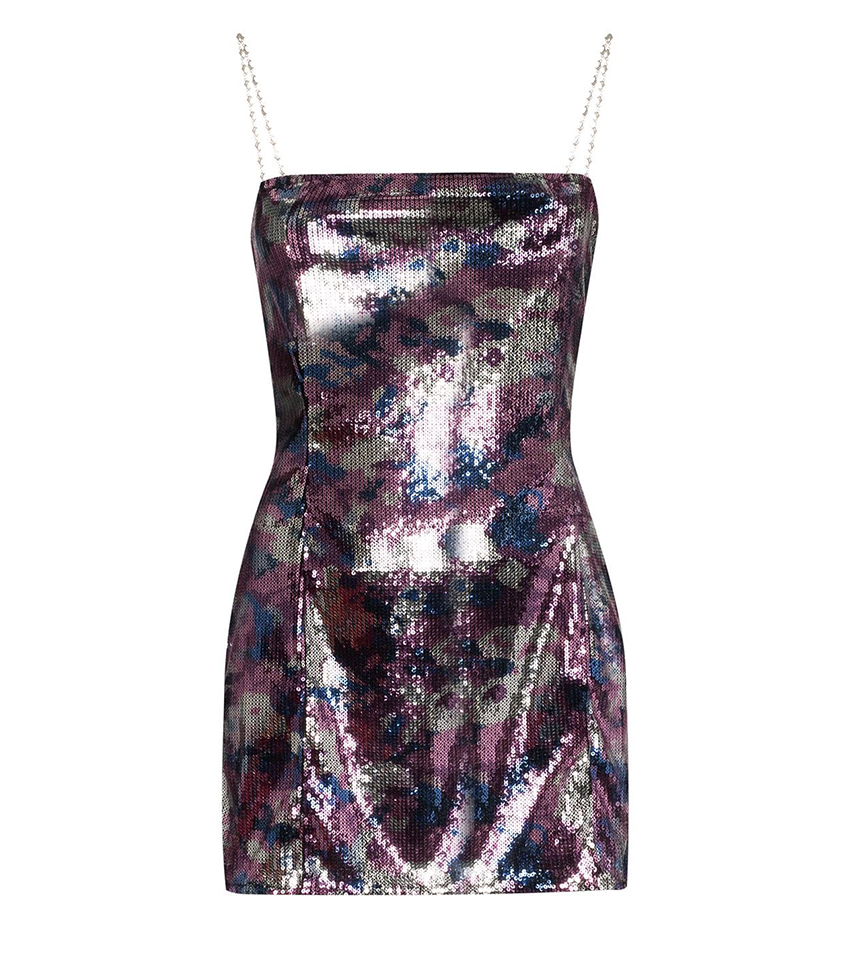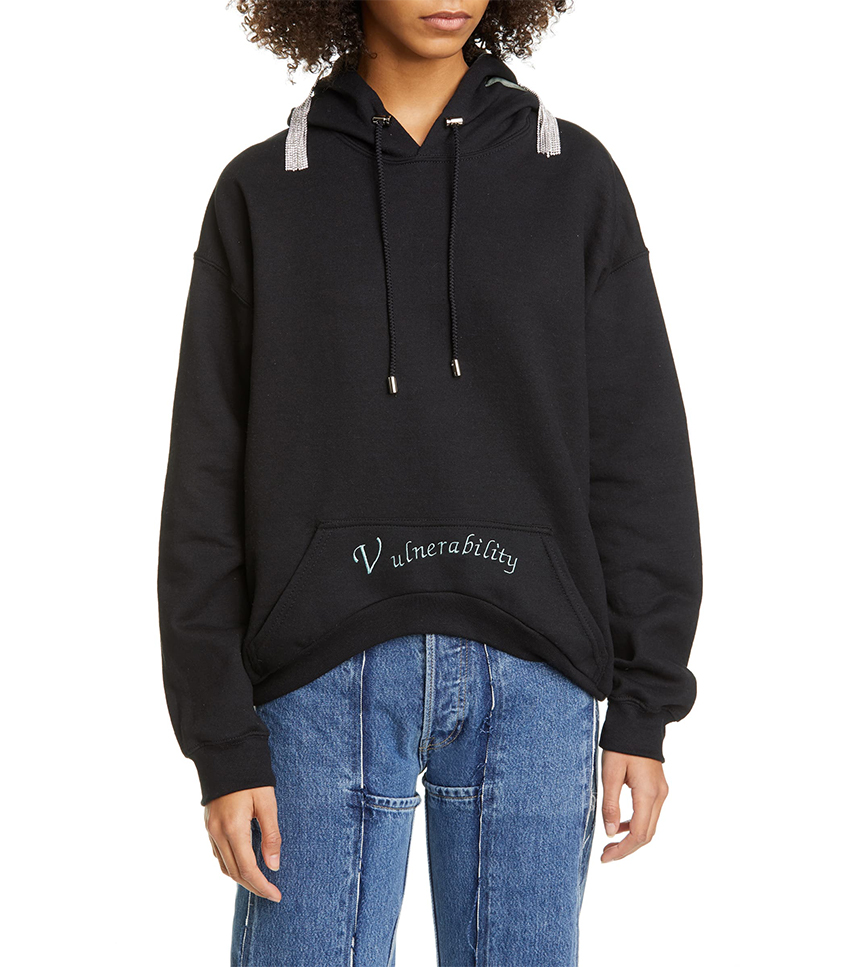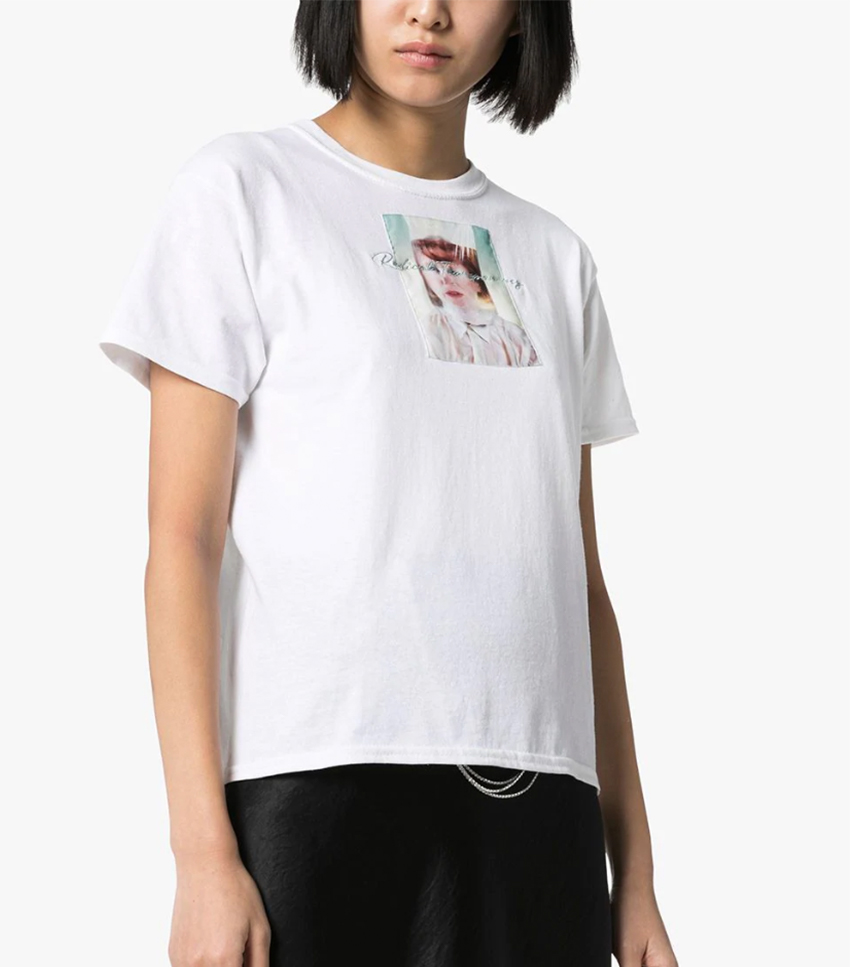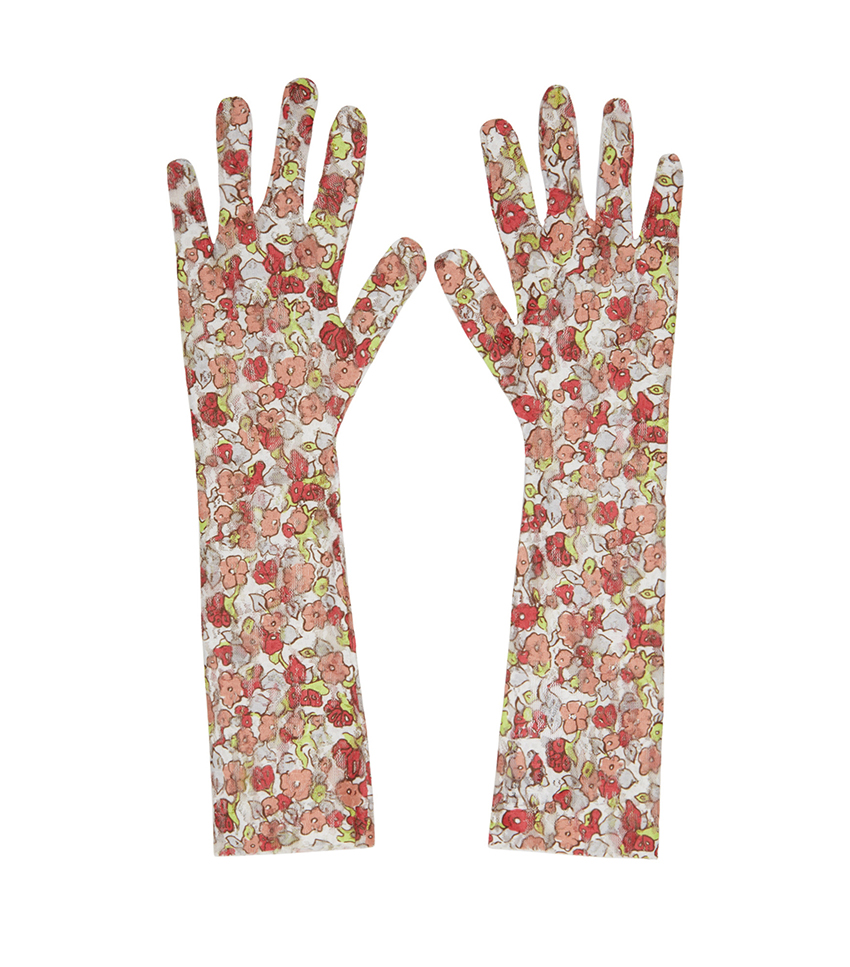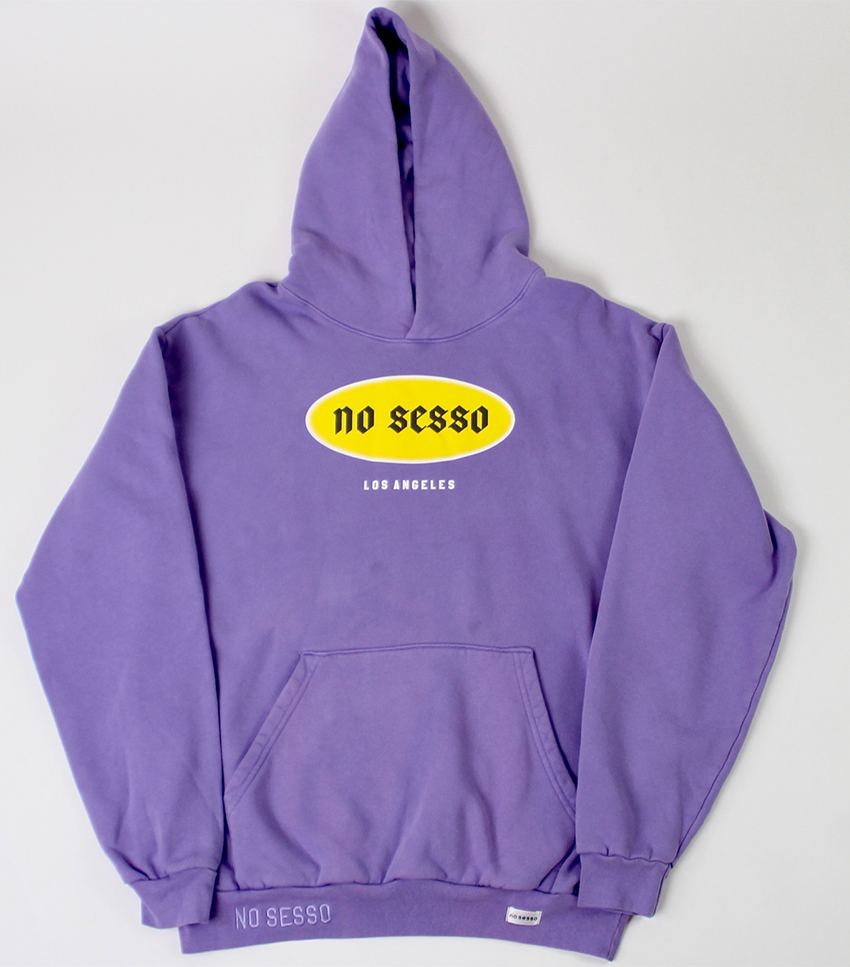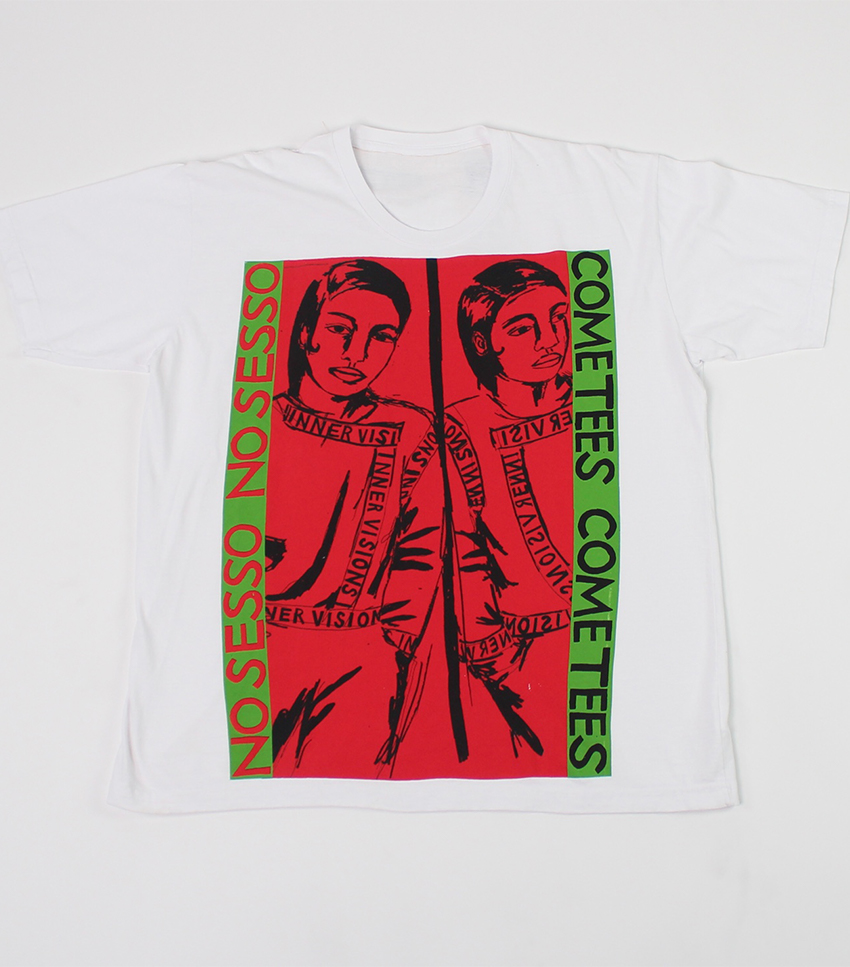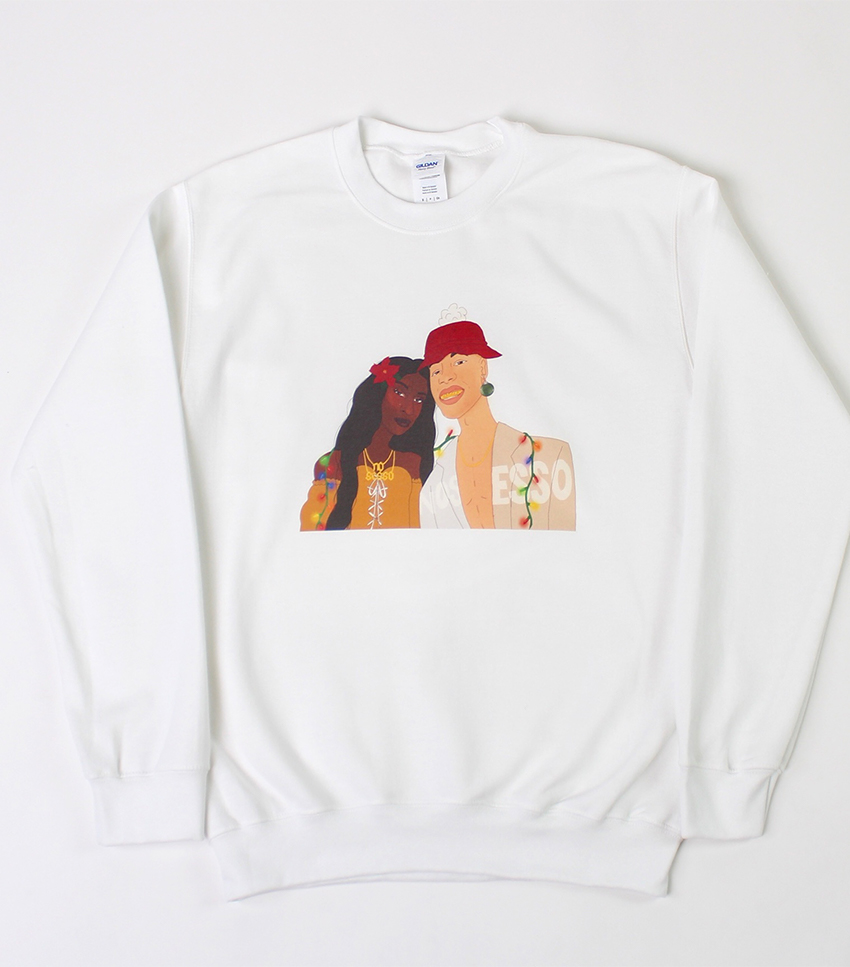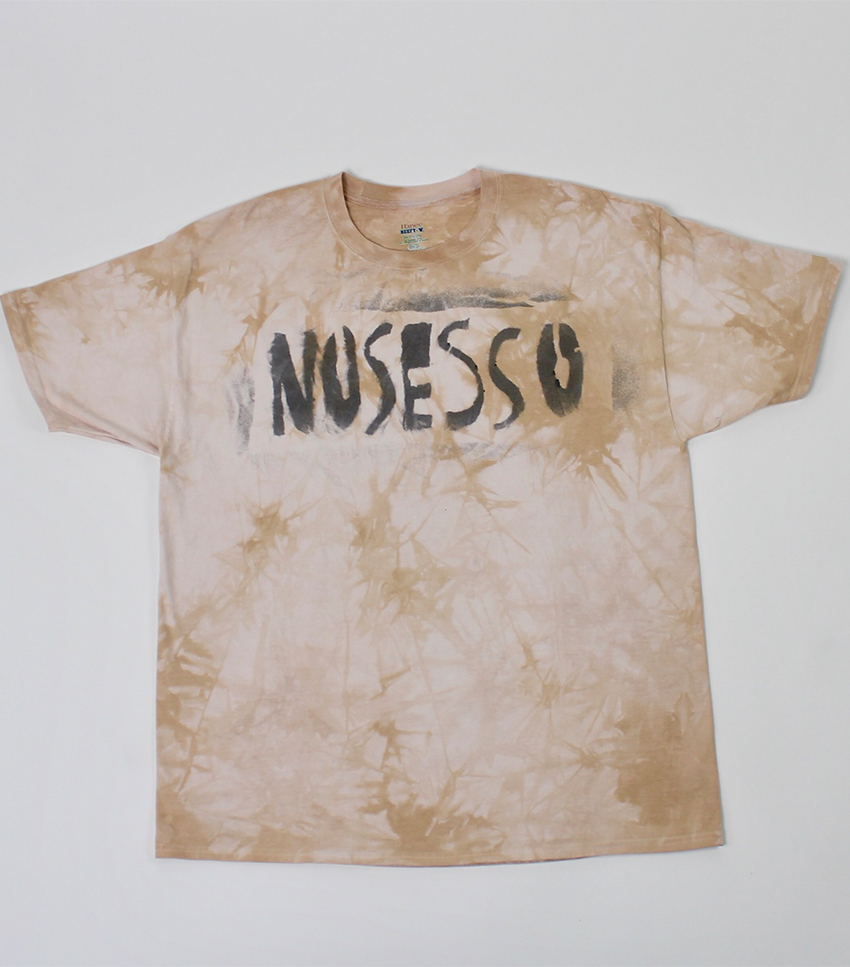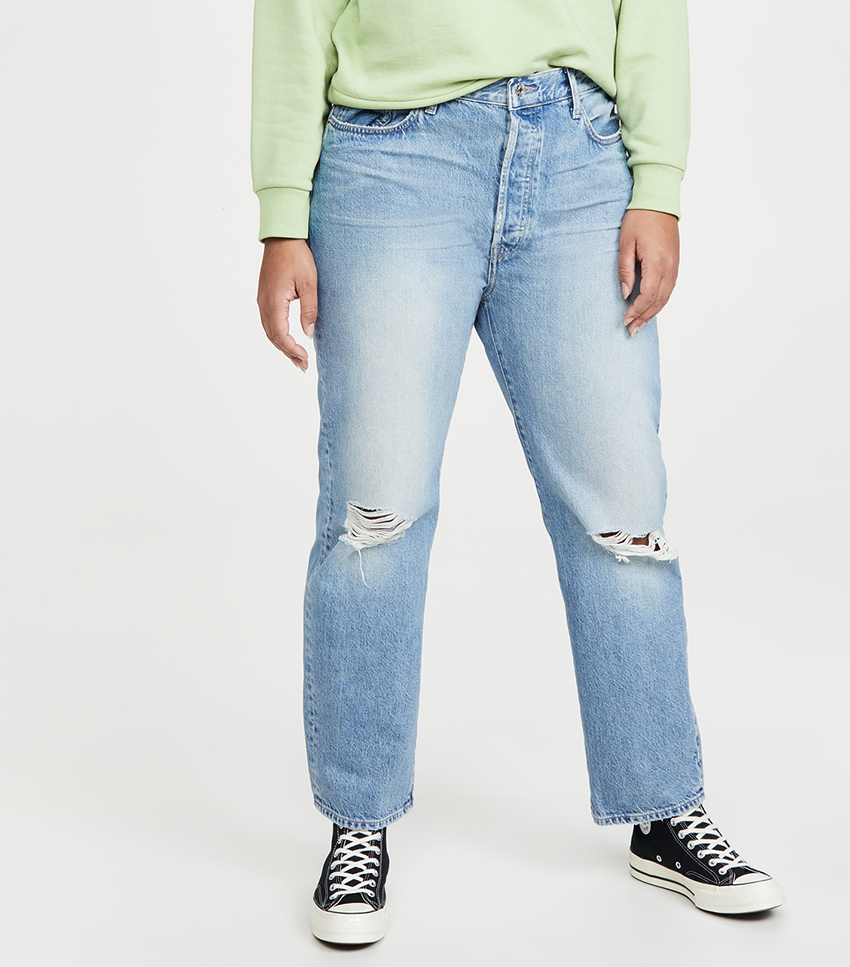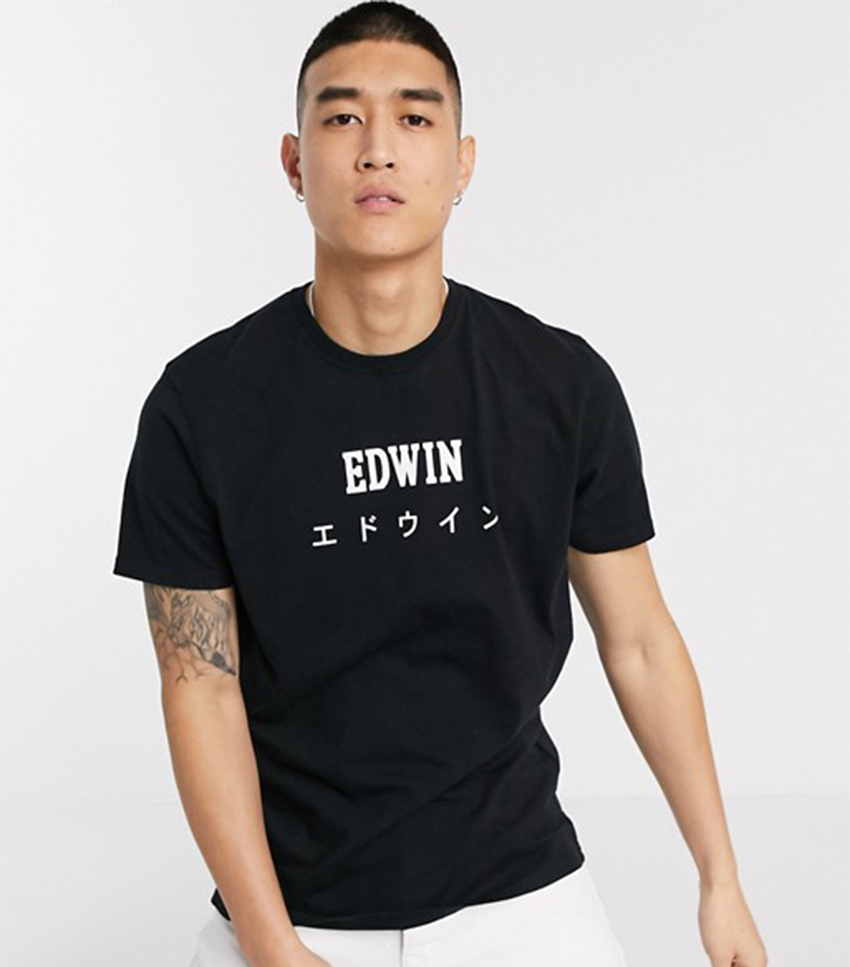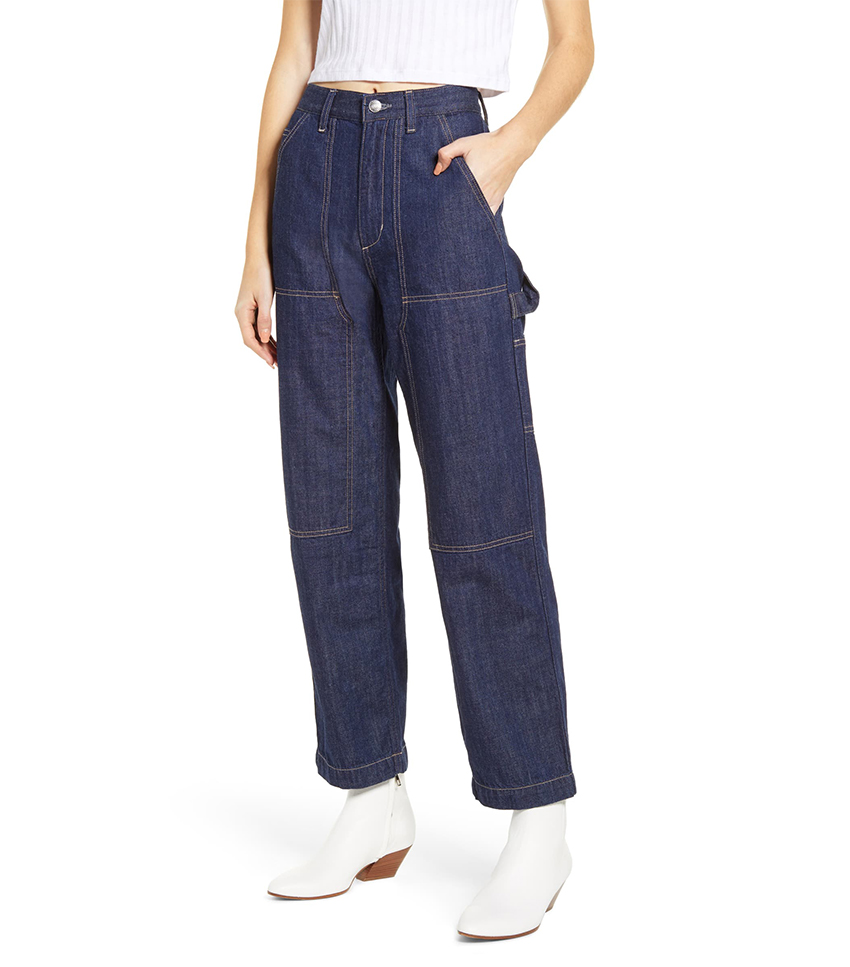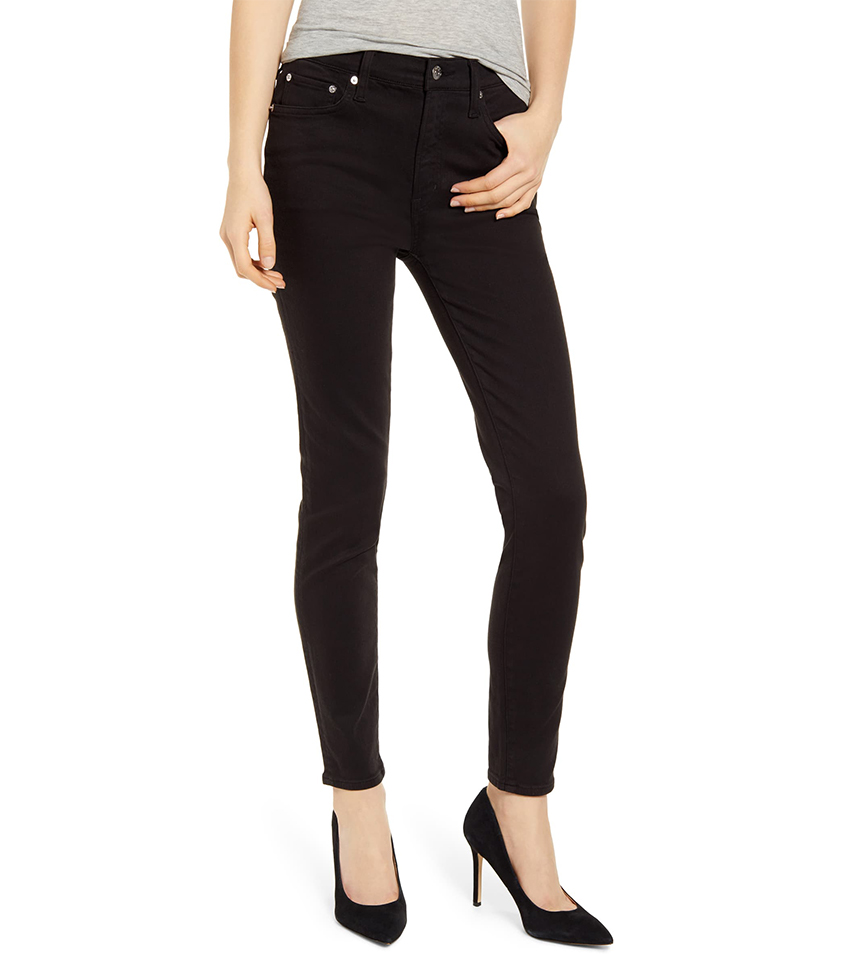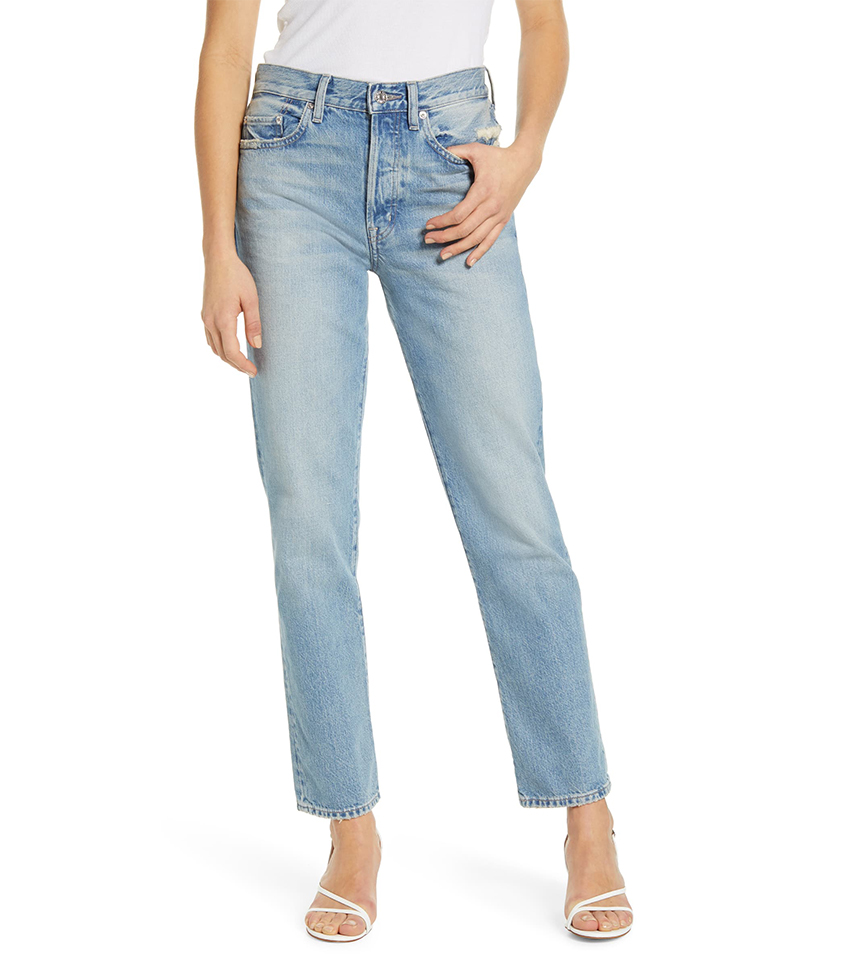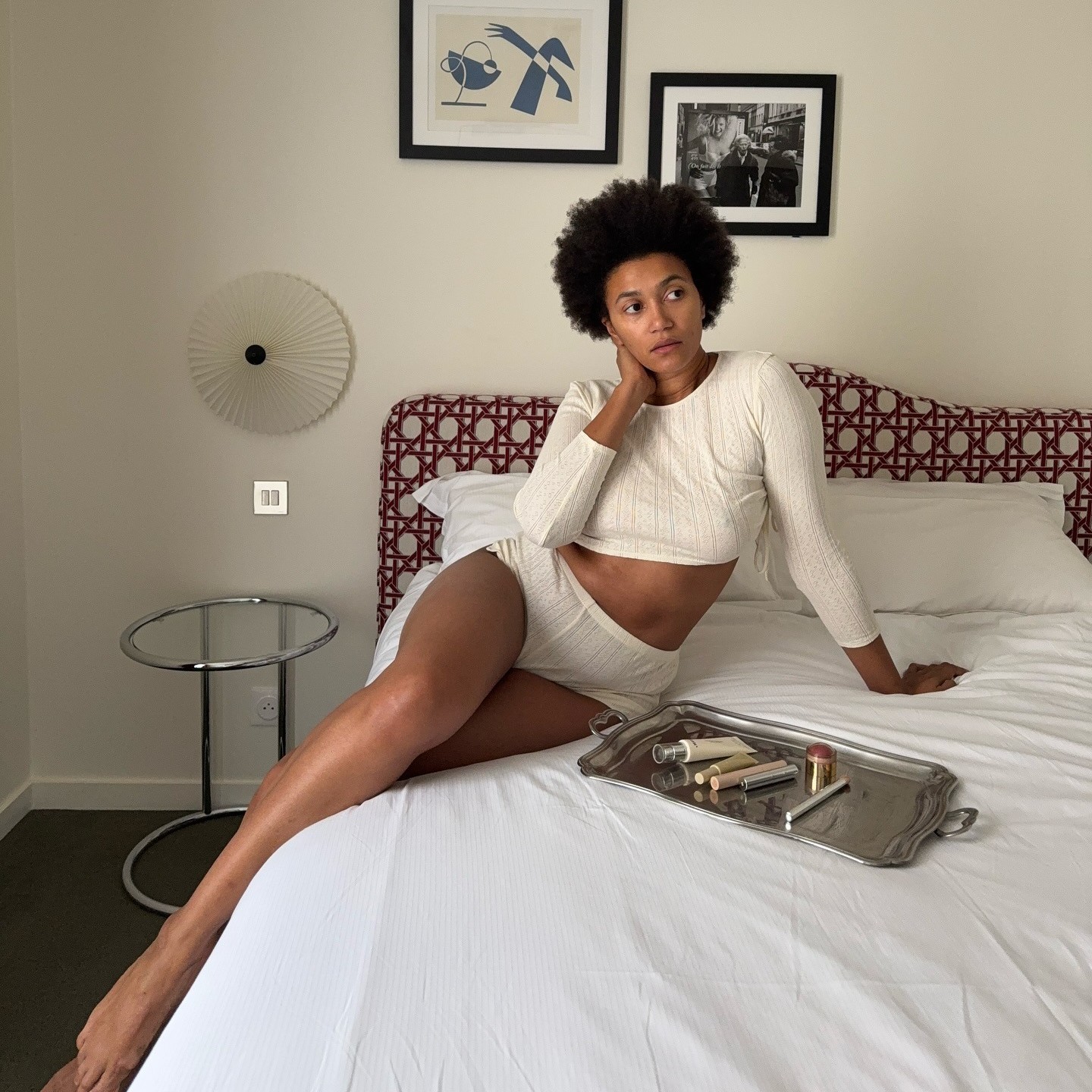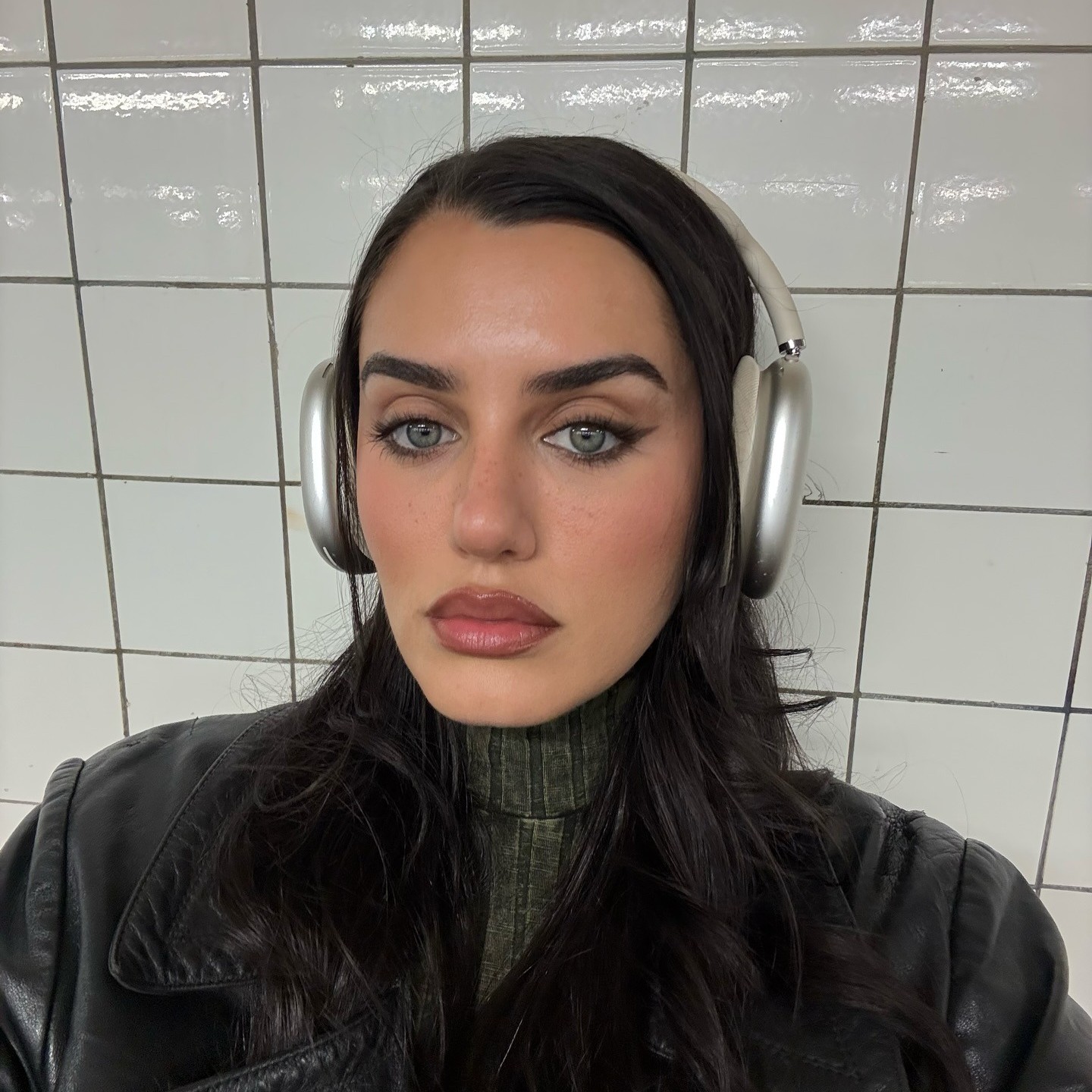The Next Wave of Unisex Dressing Will Be Ushered In By These 4 Designers
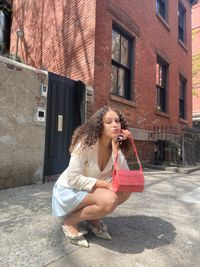
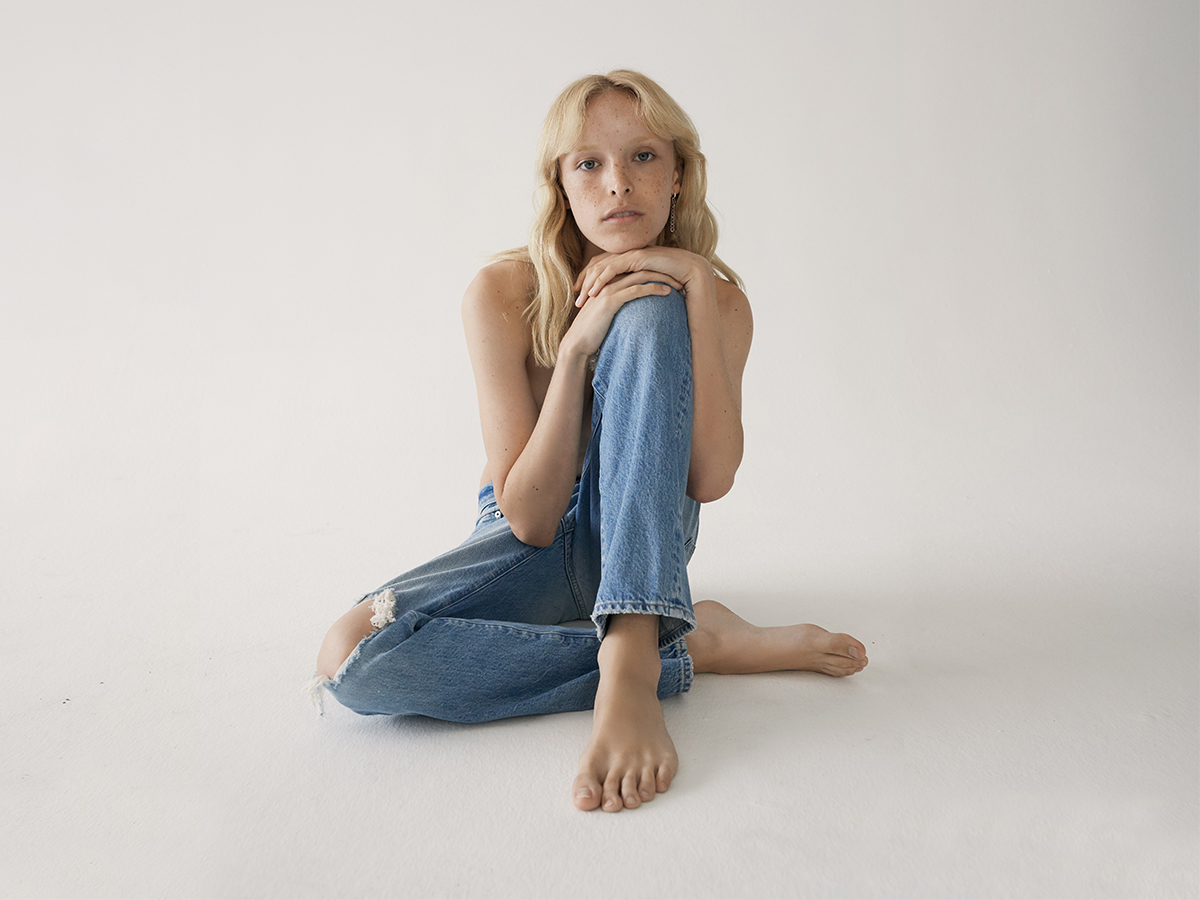
There’s a common sentiment that fashion isn’t supposed to be political—that it is a form of escapism—but if we’re being honest with ourselves, that perspective is not only privileged, but it also mitigates the globe-spanning impact this industry has had throughout time. Style has been the clearest indication of class in every society and has always been an intricate part of displaying gender identity among the transgender community. But fashion’s impact isn’t solely relegated to how it affects individuals; it’s played a part in collective suffrage movements, and currently, the industry is one of the biggest contributors to climate change.
So what does it mean to approach style, and specifically unisex dressing, with this foundation? How can we understand that a woman’s choice to dress androgynous or a man’s choice to dress femme is politicized even if it’s not their intention? Ahead, we spoke with four creatives behind three fashion brands that are redefining gender-fluid clothing and making the formerly political the new norm—because, in truth, it’s always been the norm, there has always been gender-nonconforming dressing, but for the first time, the story around this approach to style can actually be seen as universal.
Collina Strada
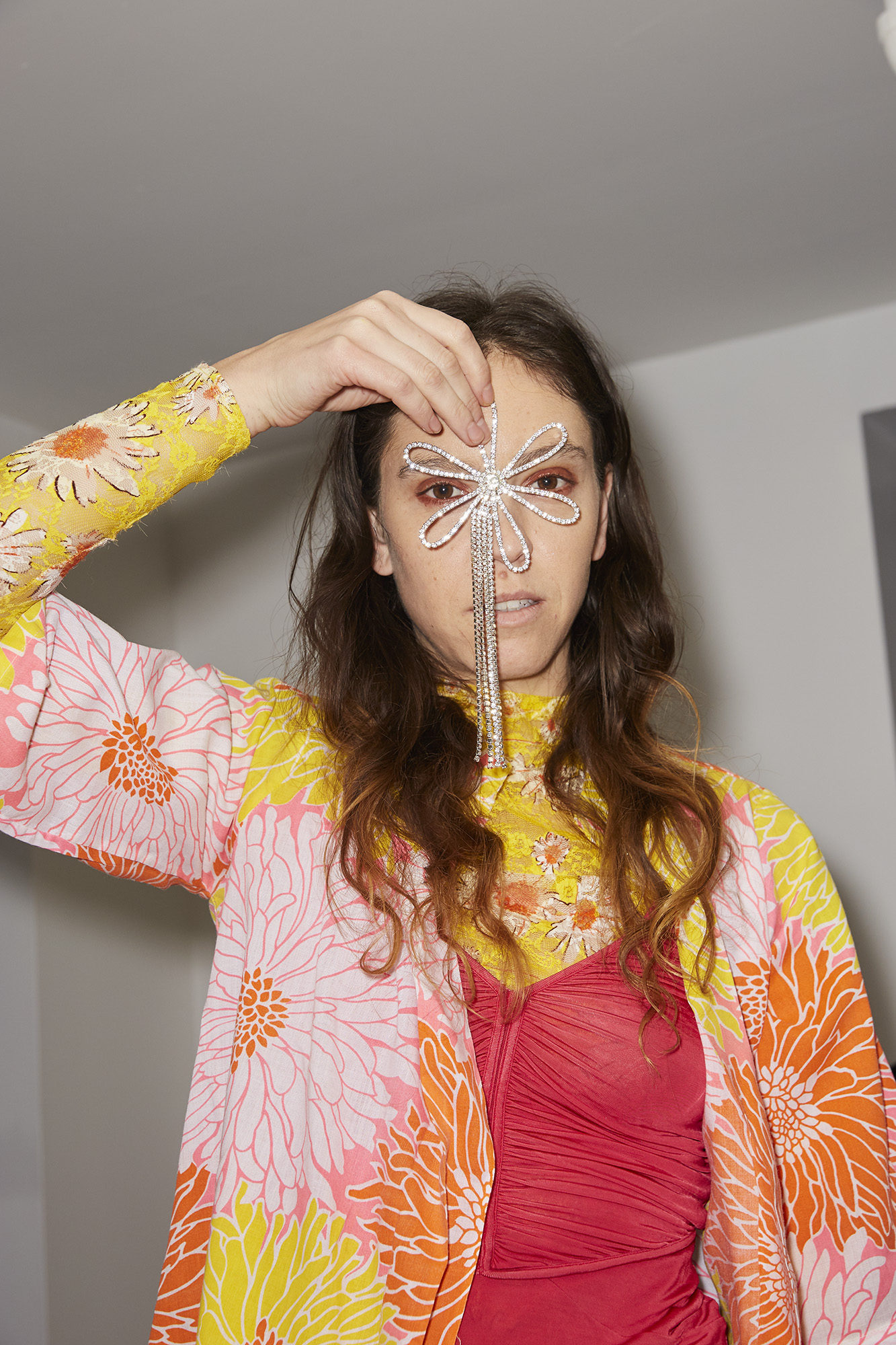
About Collina Strada: Founded by Hillary Taymour, this brand is dedicated to creating sustainable clothing manufactured in New York City that anyone would want to wear. Keep reading to see our conversation with Taymour.
What inspired you to start Collina Strada? And where do you draw inspiration from?
I started Collina out of fashion school. I really wanted to just do my own thing, and I've been doing it for almost 11 years now. I gain inspiration everywhere: what my friends are wearing, humans on the street, a bird, anywhere.
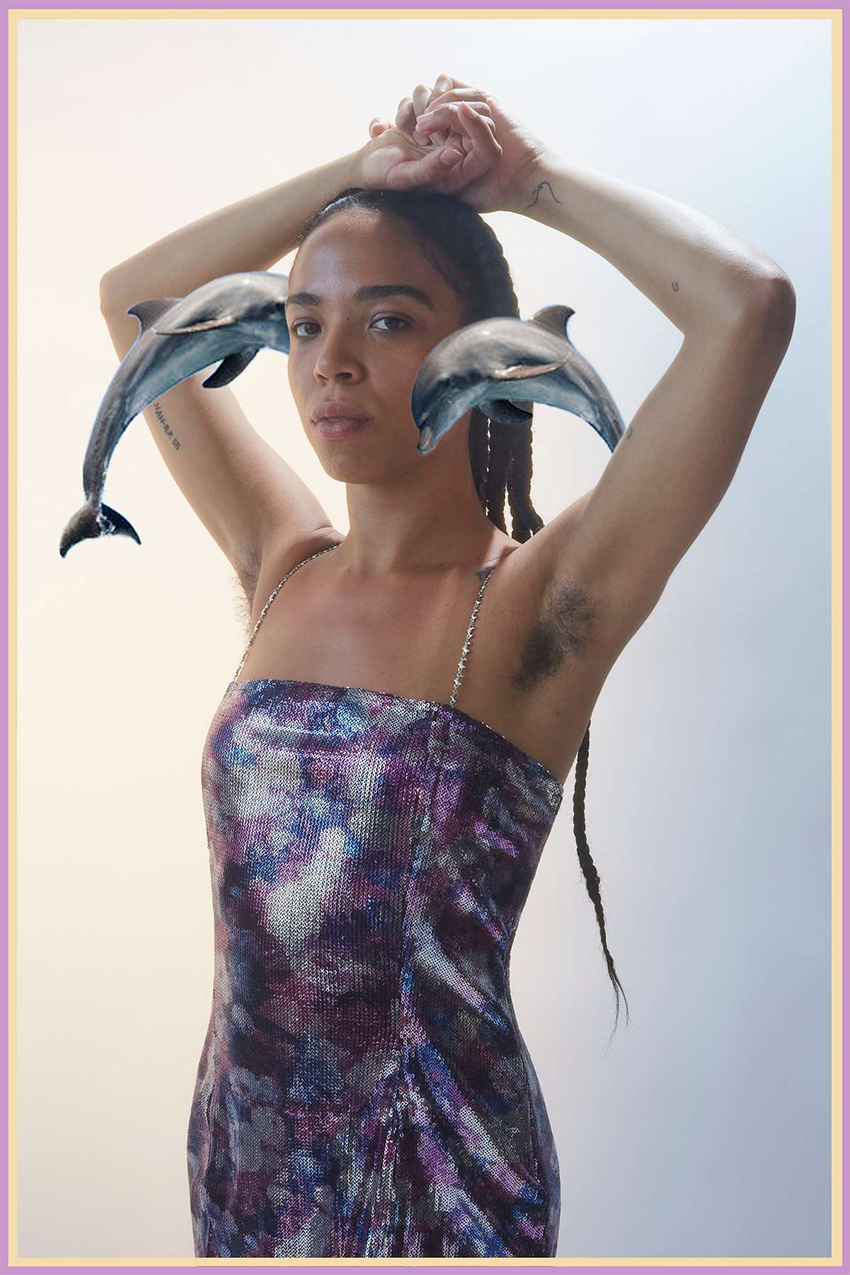
How would you describe your personal style? And how does your perspective inspire your approach to designing?
I like to wear prints and be loud but also comfortable. I guess that embodies the Collina vibe. When designing, I just design for myself or my friends.
What does unisex clothing mean to you as a designer?
I just make clothes that are for everyone. It doesn't need a label.
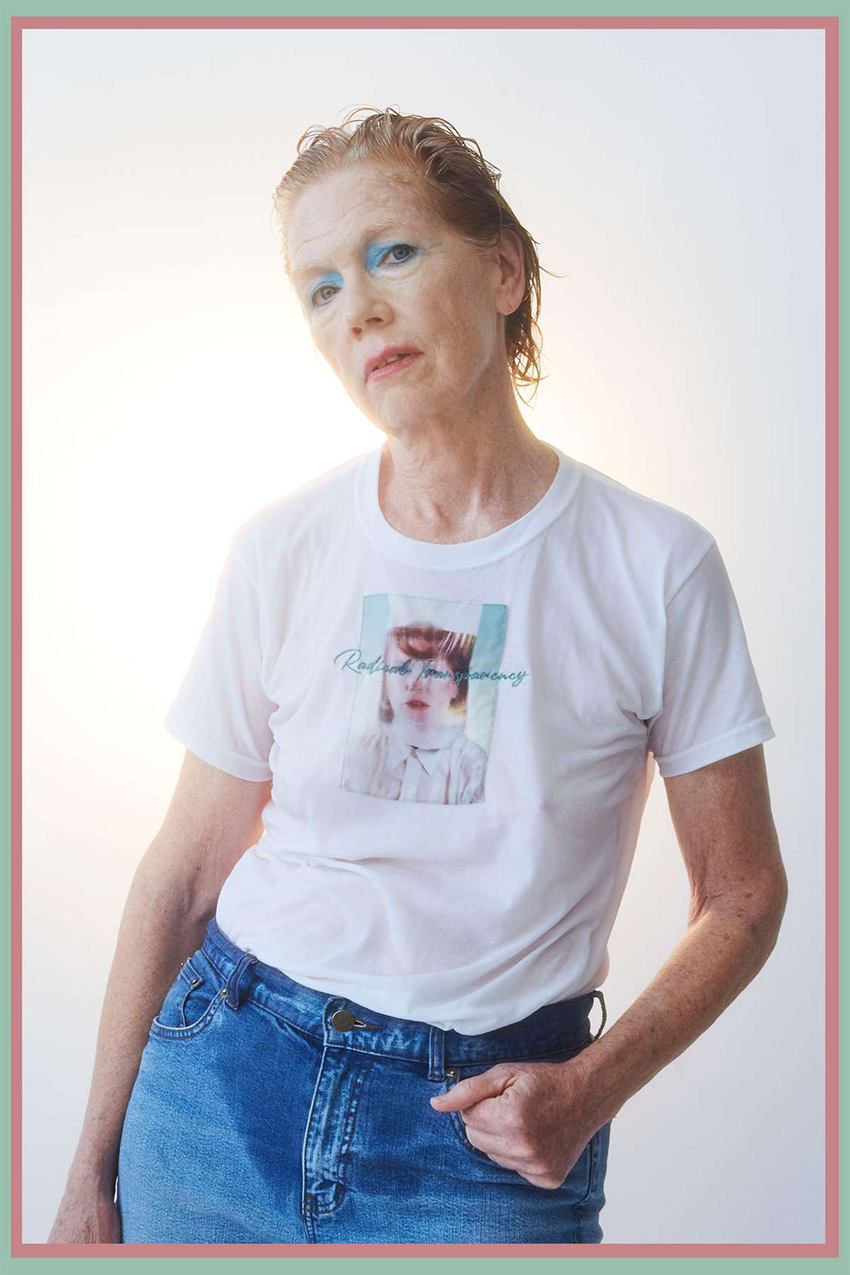
For many, fashion is frivolous. But in your opinion, does nonbinary clothing fit into the larger discussion of equality, feminism, and gender identity?
I've been making clothing for everyone for over six years. I think that we should be way past this now. Like one of those signs that reads, "I can't believe I am still protesting this shit." With my clothes, I want humans to feel comfortable and be able to express themselves. Gender is just a social construct.
What do you think the future of fashion and unisex clothing will look like?
I think fashion has embraced unisex clothing on the runway. It will just continue to be there and shouldn’t be a statement anymore or considered edgy. It's just 2020. We all have to unite as one and come together, as we have some pretty big problems to face ahead.
No Sesso
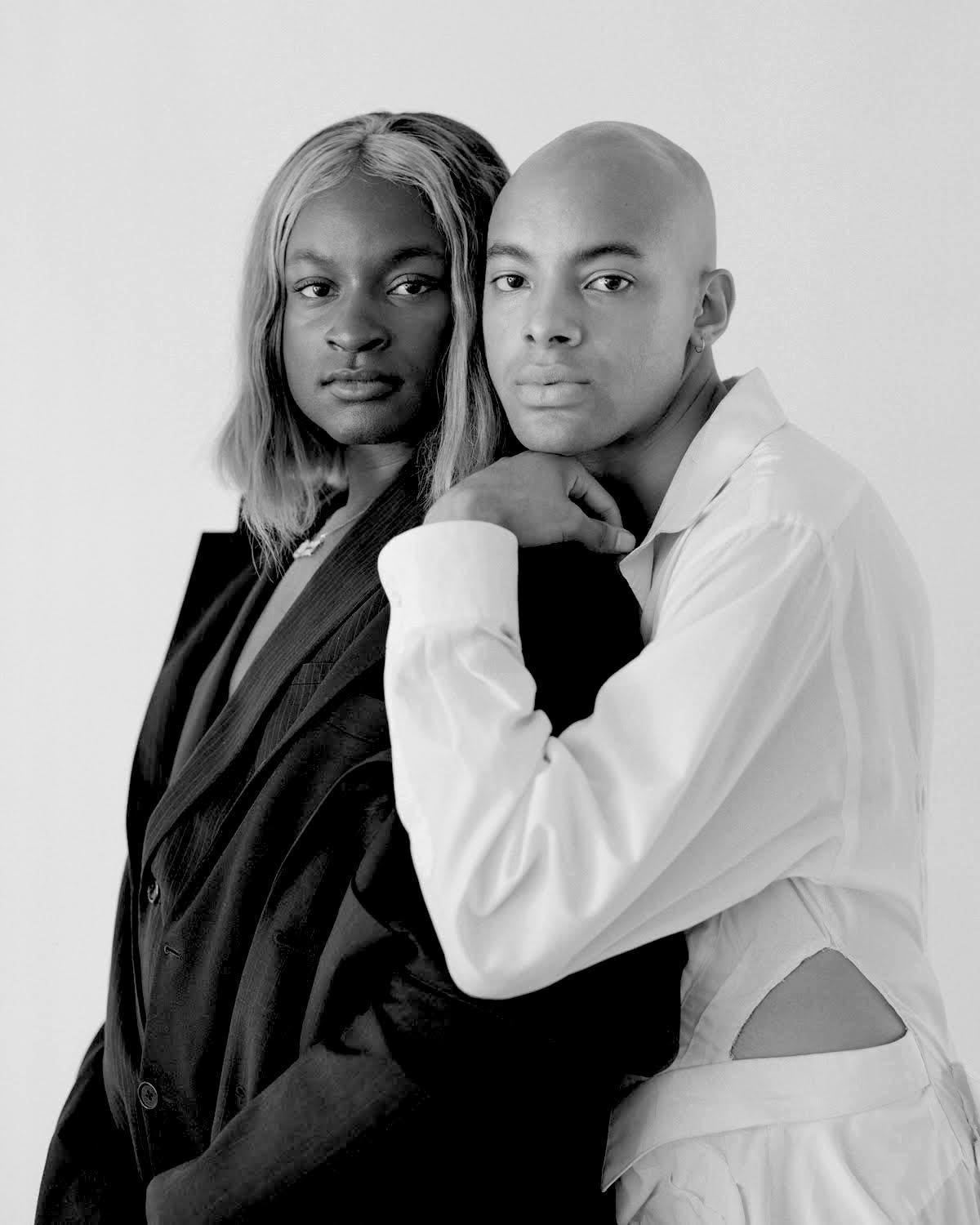
Pierre Davis is pictured on the left and Arin Hayes on the right.
About No Sesso: Started in Los Angeles in 2015 by Pierre Davis with Arin Hayes at the helm, this brand has already made waves in the industry as Davis became the first openly transgender woman to show at New York Fashion Week in 2019. Keep reading to hear from Davis and Hayes themselves.
What inspired you to start No Sesso? And where do you draw inspiration from?
PD: I was inspired to start No Sesso because I didn’t see clothing that I related to in retail spaces. I was always into design growing up. I draw inspiration from nature, real-life experiences, and what’s going on in current times. I’m also inspired by childhood memories and art.
AH: Before the brand formally began, I was inspired by Pierre’s unique approach to fashion. I saw that it could be something very special, and I wanted to be a part of it.

How would you describe your personal style? And how does your perspective inspire your approach to designing?
PD: My personal style depends on my mood and what I’m inspired by during that moment in life. I love to dress in fun avant-garde garments. There are times when opulence and drama are the right everyday look for every occasion. And there are periods when I want to dress in more comfortable, more relaxed silhouettes.
AH: My style is either really dark, simple, comfortable, and baggy or really fun and revealing, for lack of a better word. It really depends on my mood and where I’m going. But for the most part, I’m comfortable and demure. I don’t do much of the design, but when I do contribute, I think more about what I would wear as opposed to what I actually wear. I think about design conceits that I haven’t necessarily seen on the runway or the street. Where P and Autumn are more of the artists with more complex and avant-garde ideas, I like to think of clever pieces that are wearable but have details that set them apart.
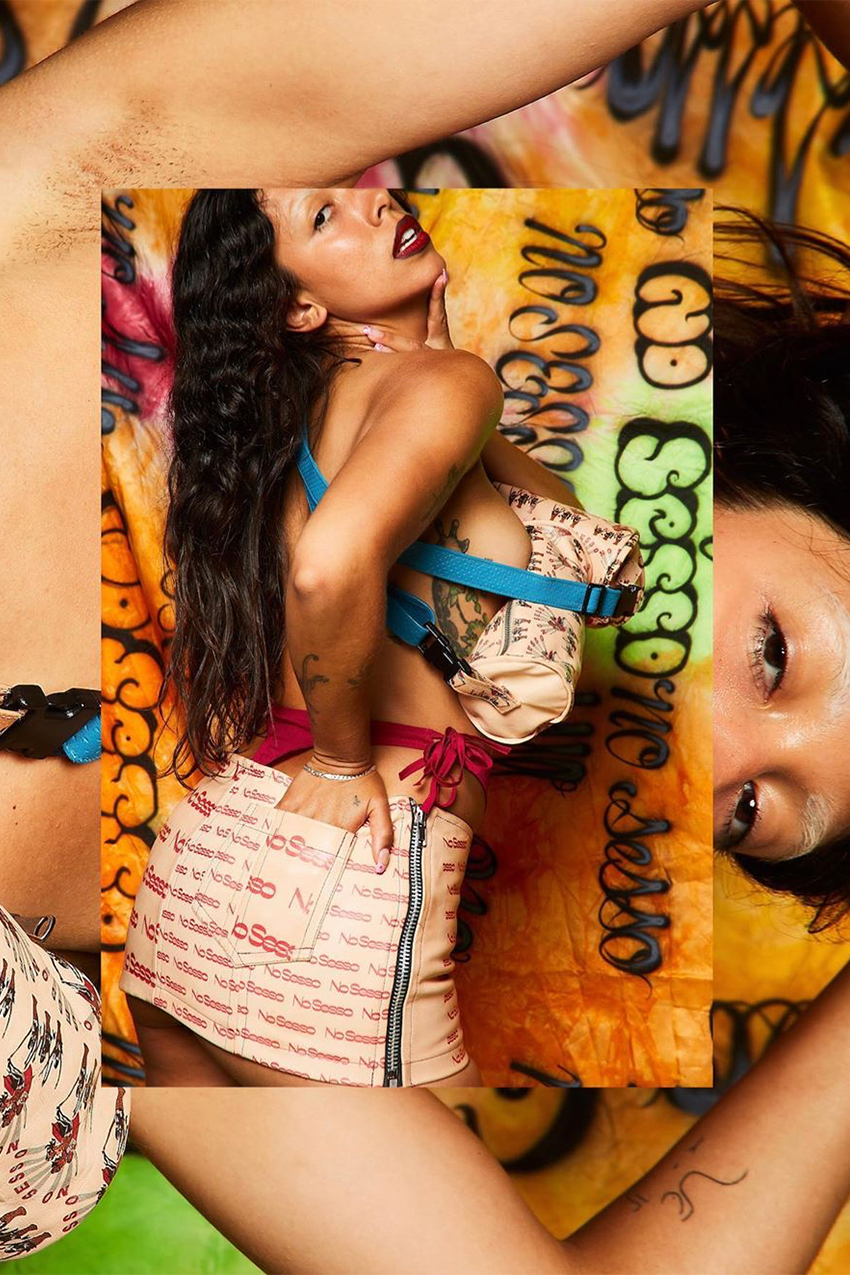
What does unisex clothing mean to you as a designer?
PD: Unisex clothing to me is wearing whatever you want to.
AH: Unisex clothing means nothing more to me than clothing. However, in the context of the business, it means that the garments are designed with no specific gender in mind.
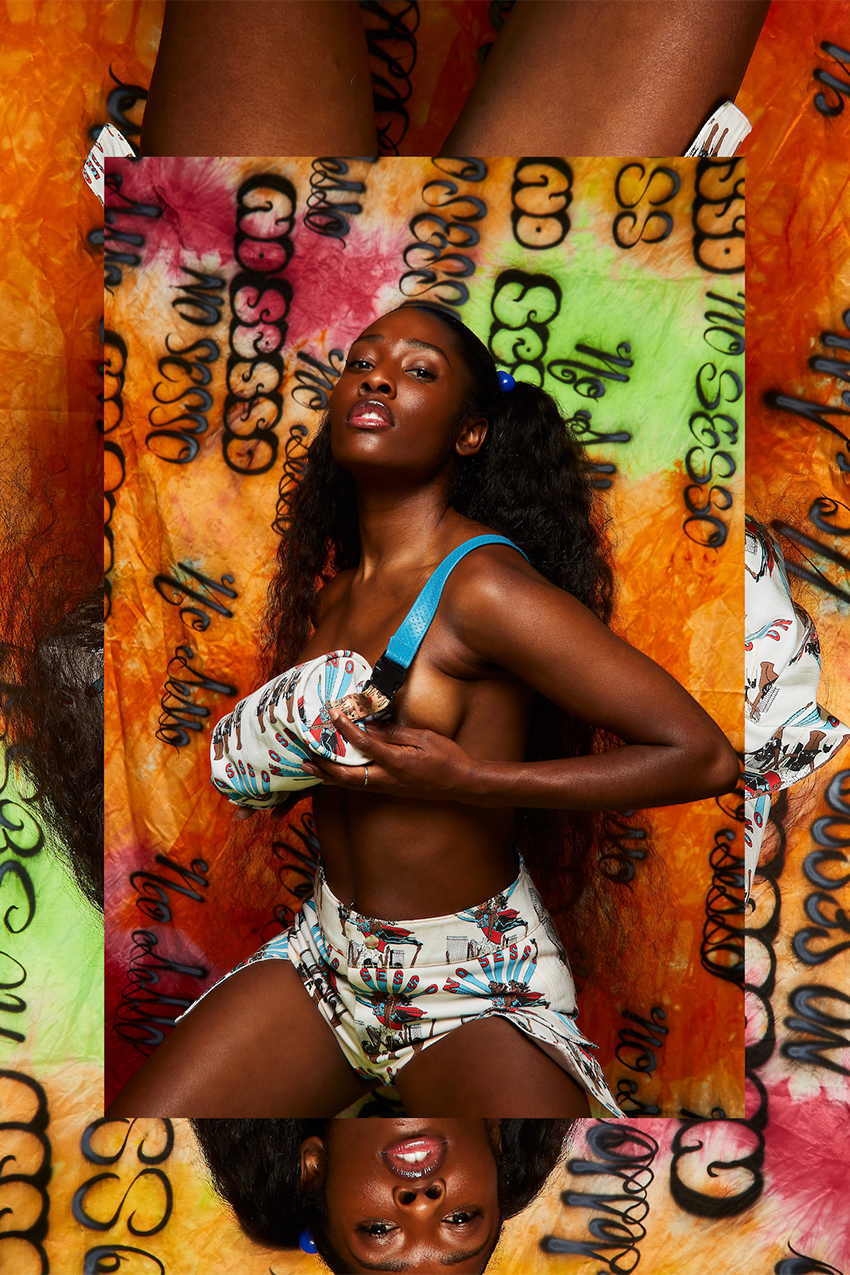
For many, fashion is frivolous. But in your opinion, does nonbinary clothing fit into the larger discussion of equality, feminism, and gender identity?
AH: Yes, I think nonbinary clothing fits into the larger discussion of equality, feminism, and gender identity because clothing always tells an initial story of who you are and how you want to be presented. And while the person who selects the clothes may or may not have a specific goal in mind, others are most likely going to project information onto a person based on what they wear. So if someone can wear clothes designed from a nonbinary perspective, it gives that person a chance to be comfortable with what they're wearing.
What do you think the future of fashion and unisex clothing will look like?
PD: The future of fashion and unisex clothing will continue to evolve, and people will wear whatever they want. I think different world issues like COVID-19, for example, will shape a lot of future collections and the way everyone thinks about fashion and how they present themselves.
EDWIN
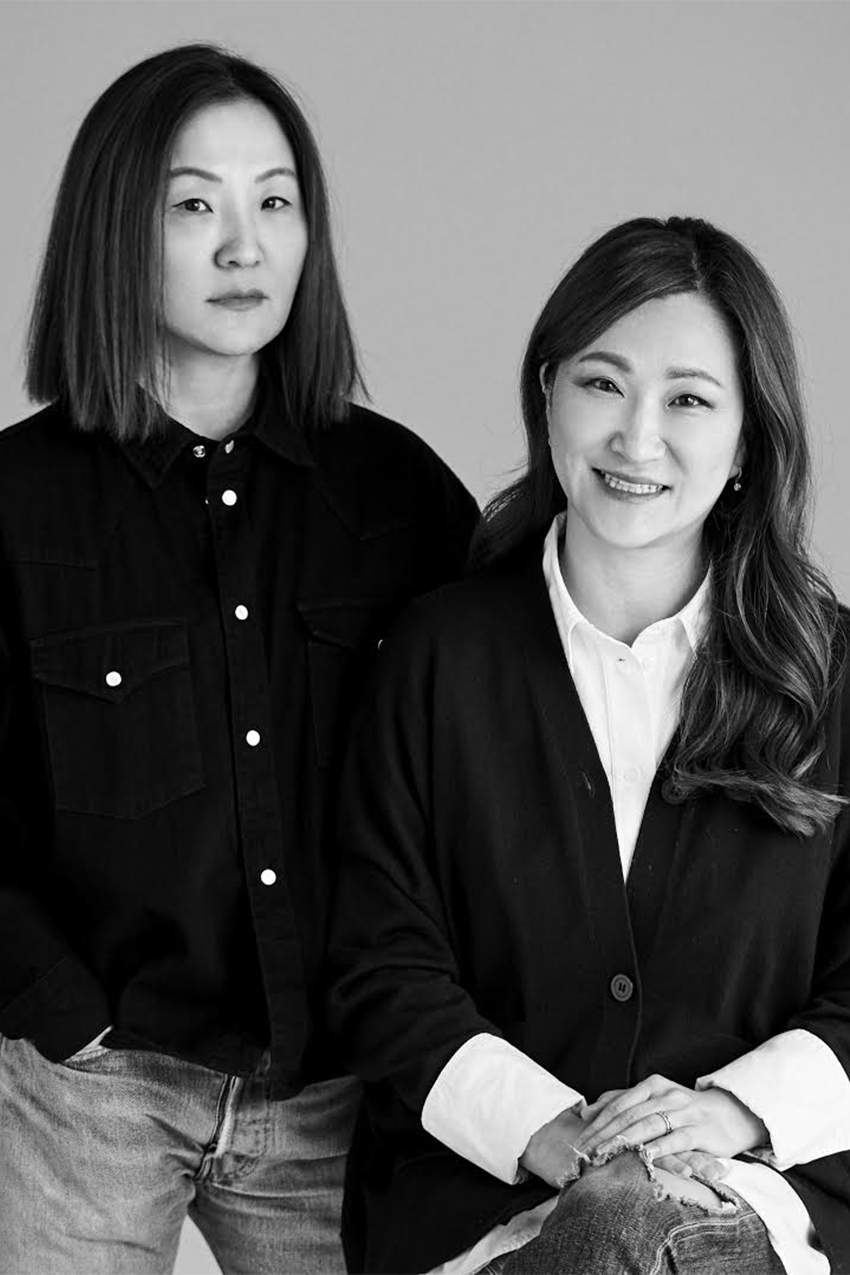
Catherine Ryu is pictured on the left and Kathy Kweon on the right.
About Edwin: Founded by Tsunemi Yonehachi in 1961, Edwin is a Japanese heritage denim brand that’s created quality washes for everyone in one of the world’s cleanest denim factories. Ahead, our conversation with Catherine Ryu, its creative director.
How would you describe your personal style? And how does your perspective inspire your approach to designing?
My personal style is tomboy, casual, chic. I wear denim every day, often with a simple T-shirt, but other times more styled with a blazer and heels. Denim grounds all of my fashion whimsy. Having a boyish personal style is an advantage when designing the men’s collections and adds a cool factor to our women’s collections.
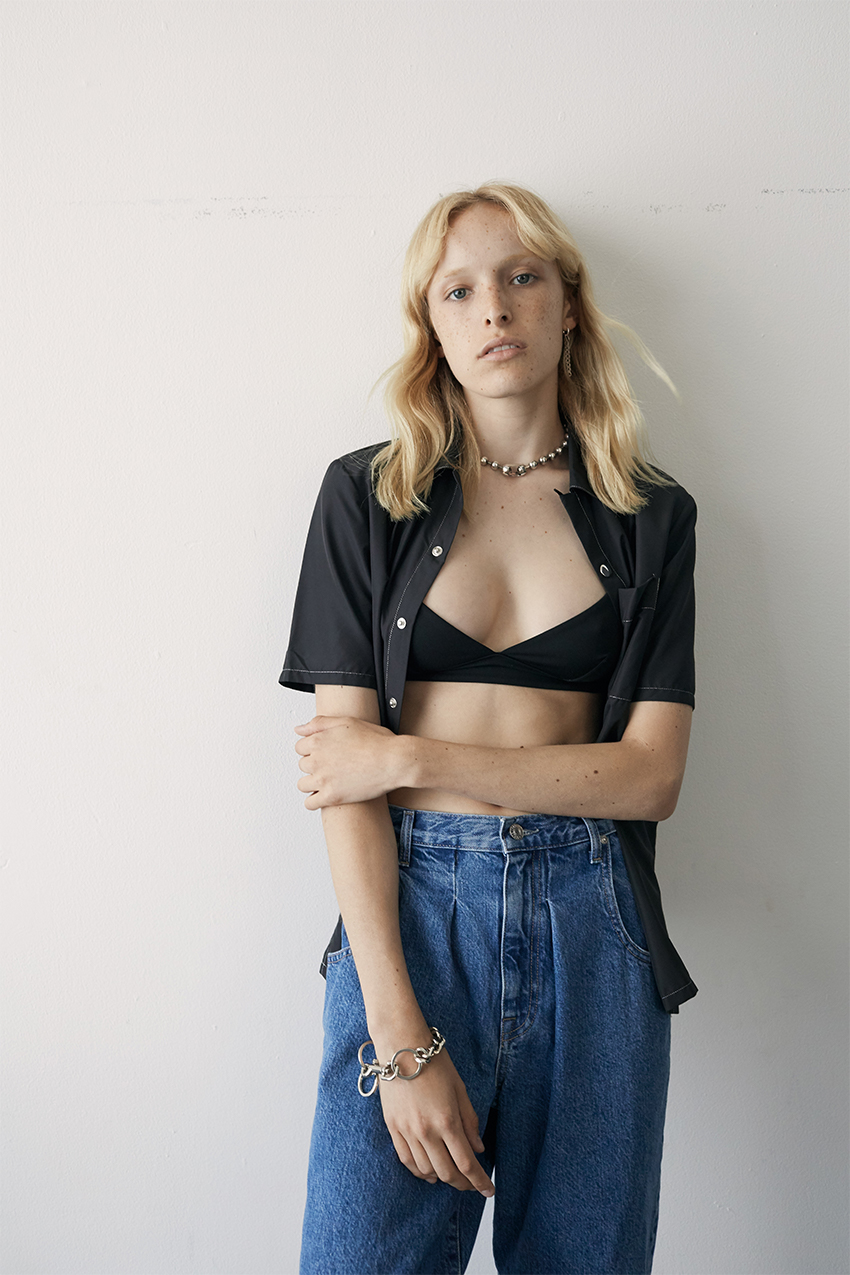
What does unisex clothing mean to you?
Denim is the ultimate gender-neutral piece of clothing. The original jean was designed by Levi’s back in 1873 as the humble workwear for its durability, worn by men who worked in labor-intensive fields. During World War II, many women joined the workforce to fulfill the duties of men who went to combat. From factories to farms, women wore Levi’s jeans as their wartime wardrobe. After the war, denim became more accepted by American society for both men and women, becoming associated with leisure more than workwear. Levi’s jeans became the symbol of a relaxed and prosperous American way of life. Denim has reflected our cultural shifts from the turn of the century for its durable workwear to the ’30s and ’50s for wartime workwear for women to the symbol of power, rebellion, and strength. Denim is the ultimate unisex uniform.
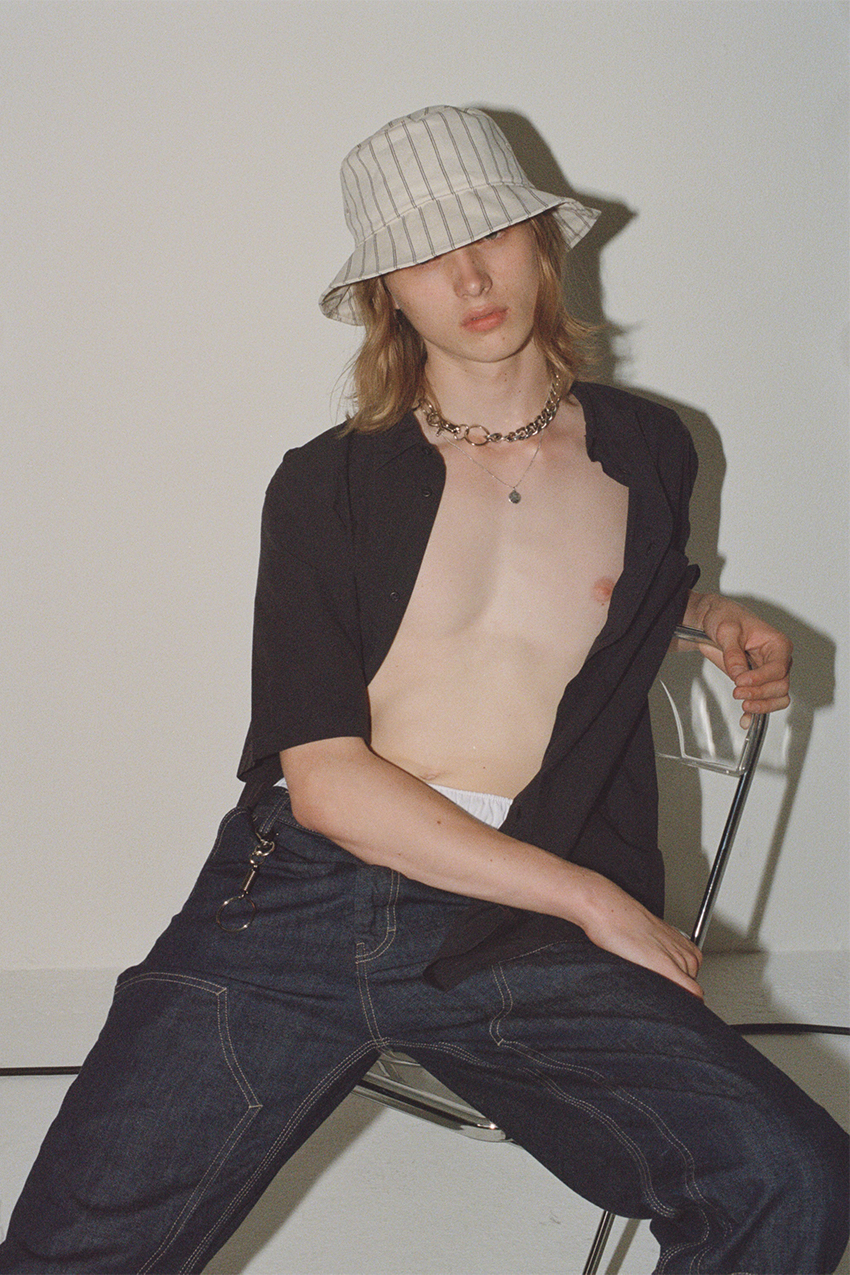
You're launching a unisex line. Can you tell us a little about what compelled you to do so?
The gender-neutral line will be part of the upcoming F/W 20 collection. The inspiration for this collection came from two vintage Edwin jeans from the late ’80s that we found vintage shopping. The Anderson and The Blake fits were based on the vintage jeans, modified to fit our modern times. During the late ’80s, most 100% cotton rigid denim was worn by both men and women. We want this collection to be inclusive for all people, regardless of what sex people are. The idea of gender-neutral has been a point of inspiration prior to designing this collection.
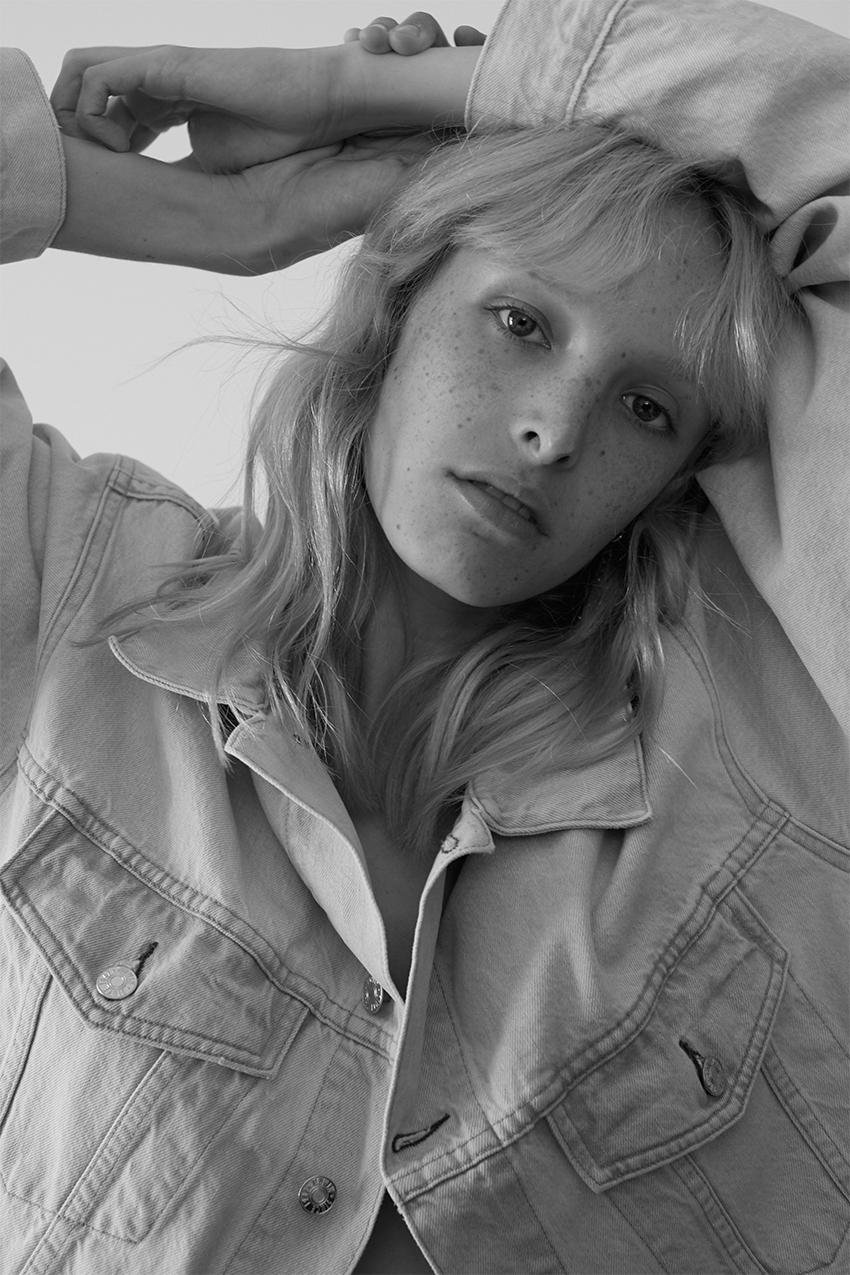
For many, fashion is frivolous. But in your opinion, does nonbinary clothing fit into the larger discussion of equality, feminism, and gender identity?
Nonbinary clothing is important for exactly those reasons. It is a reflection of the broader social changes happening in society, such as the shift away from the rigid gender stereotypes of the 1950s and into second-wave feminism. It’s also extremely important for the representation and empowerment of nonbinary and/or gender-fluid people and also so society can move beyond the idea that gender comes in just two forms.
What do you think the future of fashion and unisex clothing will look like?
We as brands must rethink merchandising strategies and size-range offering, and retailers have to rethink how to separate their stores and websites. As of now, it is separated by two genders: men and women. My hope for the future of fashion is that it will be more inclusive. I hope individuals will be braver to express their personal style. No judgment. No labels. Just fashionable.
Next: 6 Transgender Models Talk Activism, Identity, and Style
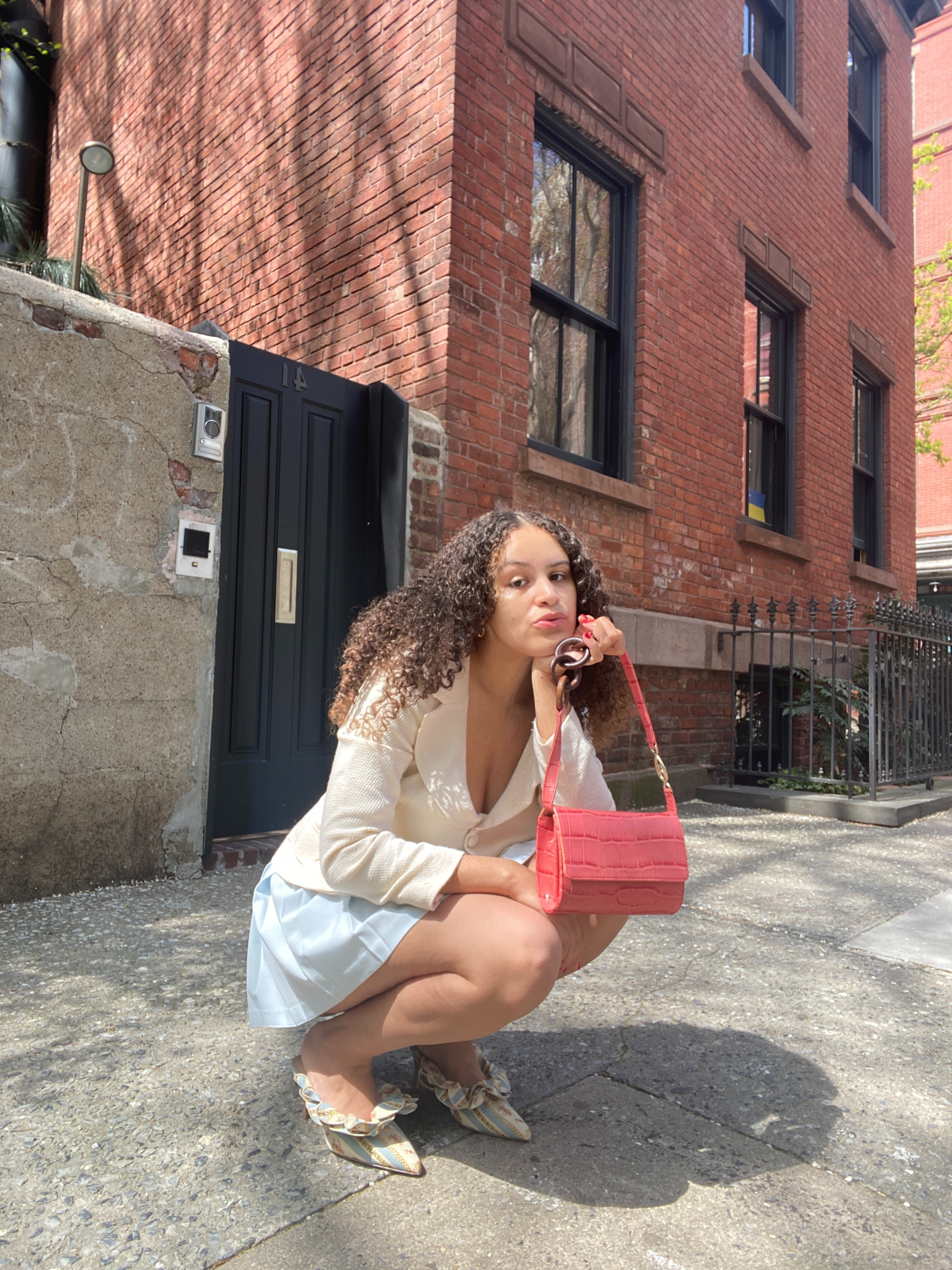
Jasmine Fox-Suliaman is a freelance writer and editor living in New York City. What began as a pastime (blogging on Tumblr) transformed into a lifelong passion for unveiling the connection between fashion and culture on the internet and in real life. Over the last decade, she's melded her extensive edit and social background to various on-staff positions at Who What Wear, MyDomaine, and Byrdie. More recently, she’s become a freelance contributor to other publications including Vogue, Editorialist, and The Cut. Off the clock, you can find her clutching her cell phone as she's constantly scrolling through TikTok and The RealReal, in search of the next cool thing.
-
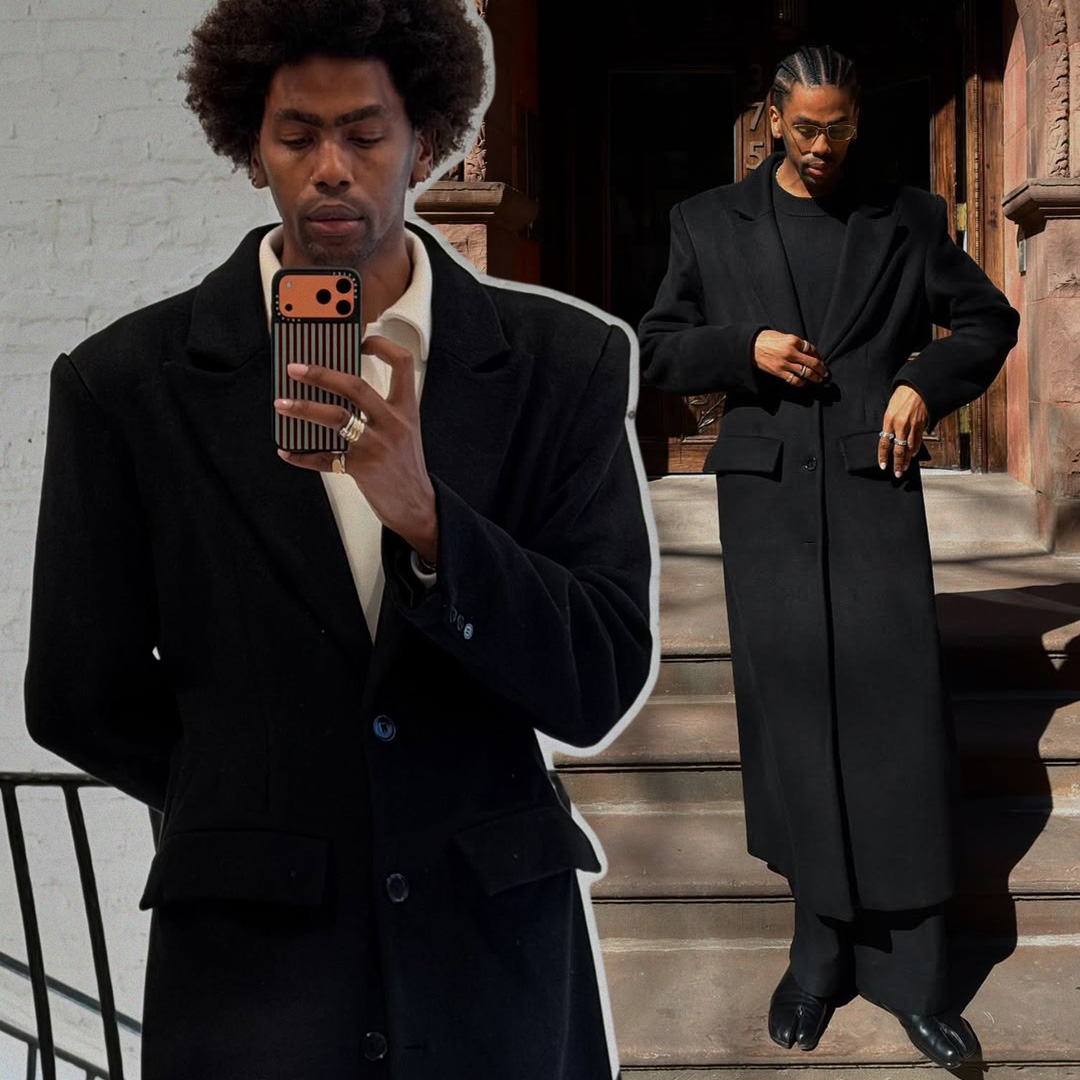 I'm a Men's Style Expert in NYC, and These Are the 5 Items I Consider True Wardrobe Staples
I'm a Men's Style Expert in NYC, and These Are the 5 Items I Consider True Wardrobe StaplesIncluding the best shoe and bag styles.
-
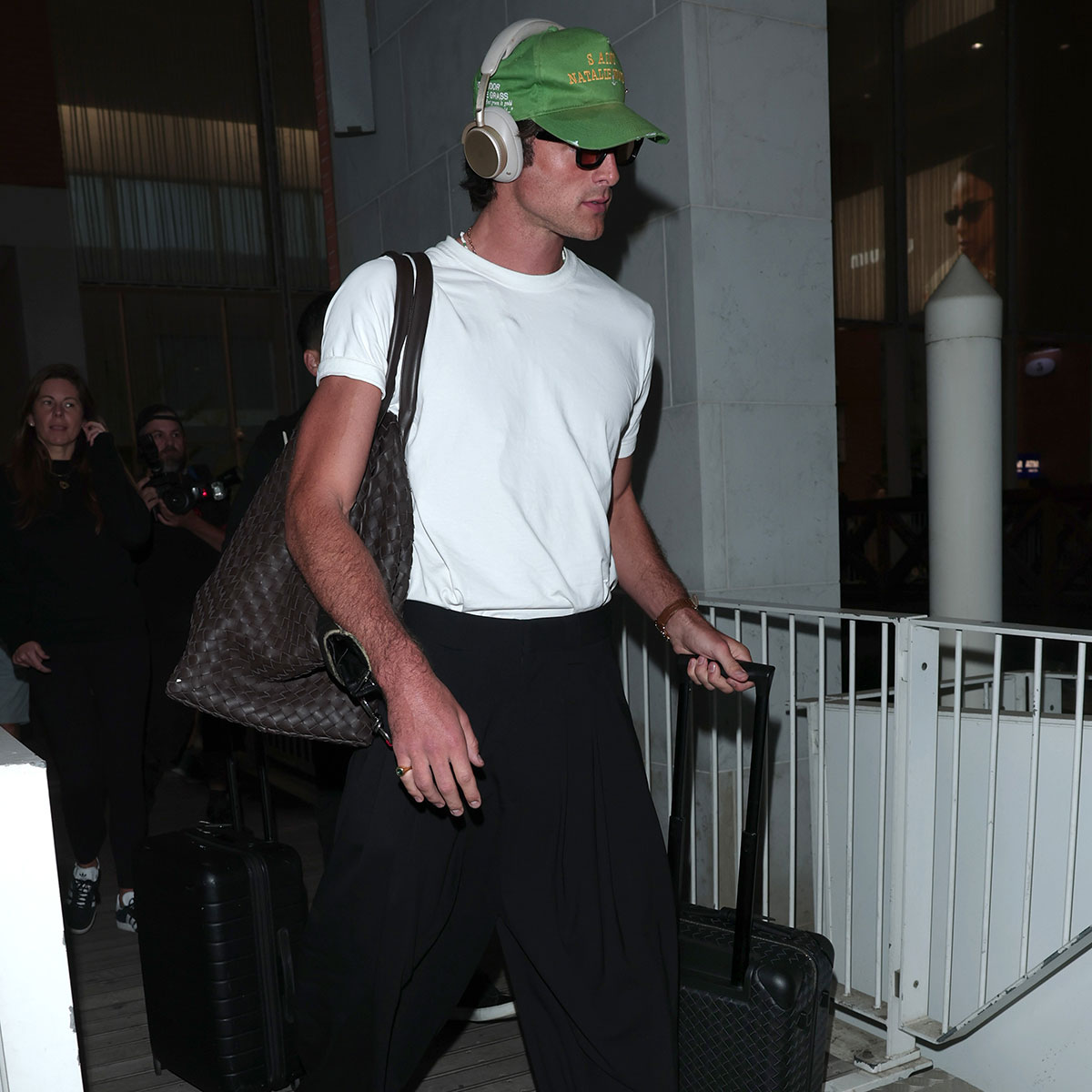 I Loathe Cliché Gifts for Men—Here Are 37 That Are Actually Chic
I Loathe Cliché Gifts for Men—Here Are 37 That Are Actually ChicYou just might want to borrow them for yourself.
-
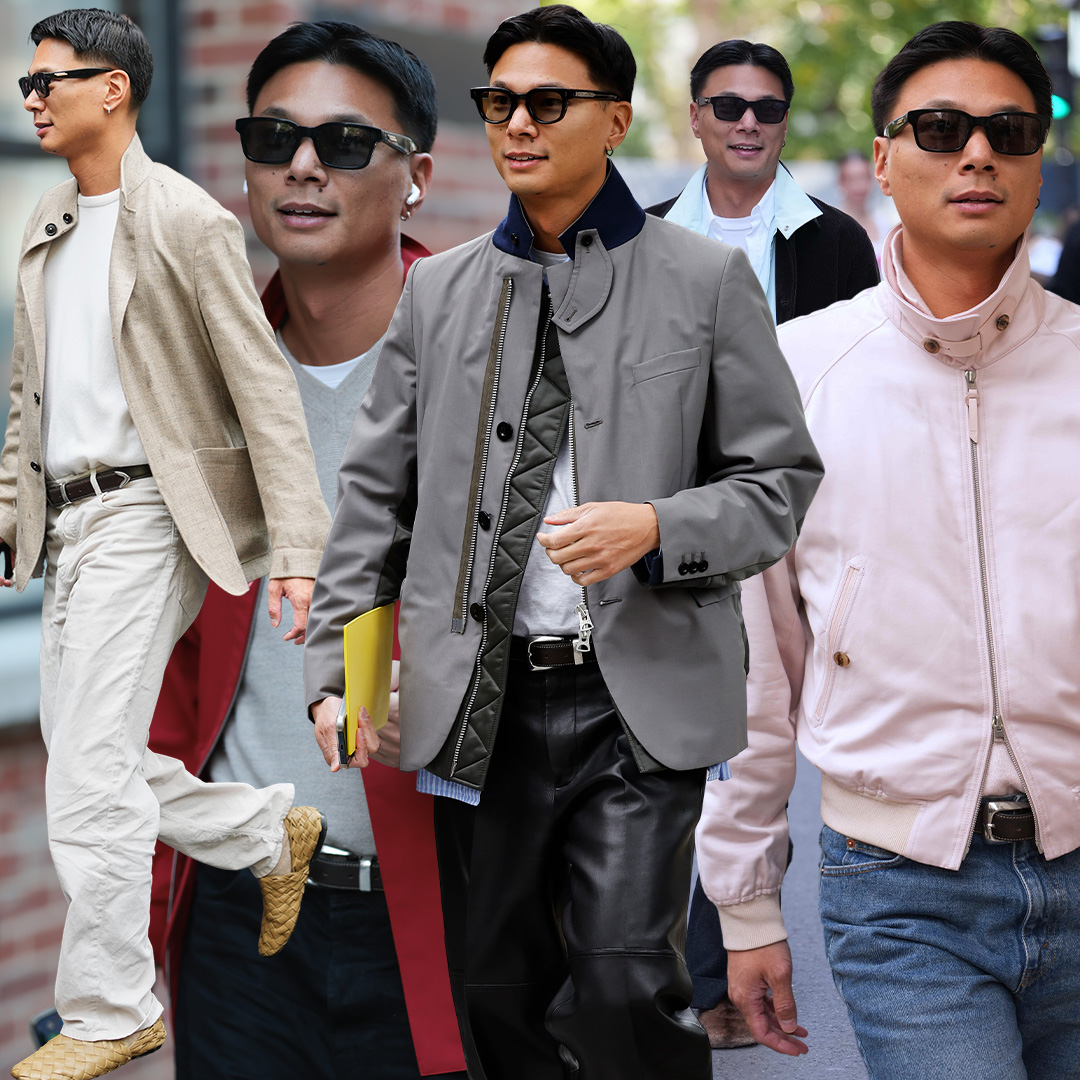 I Just Got Back From New York, London, Milan, and Paris—5 Chic Packing Staples That Worked in Every City
I Just Got Back From New York, London, Milan, and Paris—5 Chic Packing Staples That Worked in Every CityWhat to pack for a long trip, according to a seasoned fashion-month attendee.
-
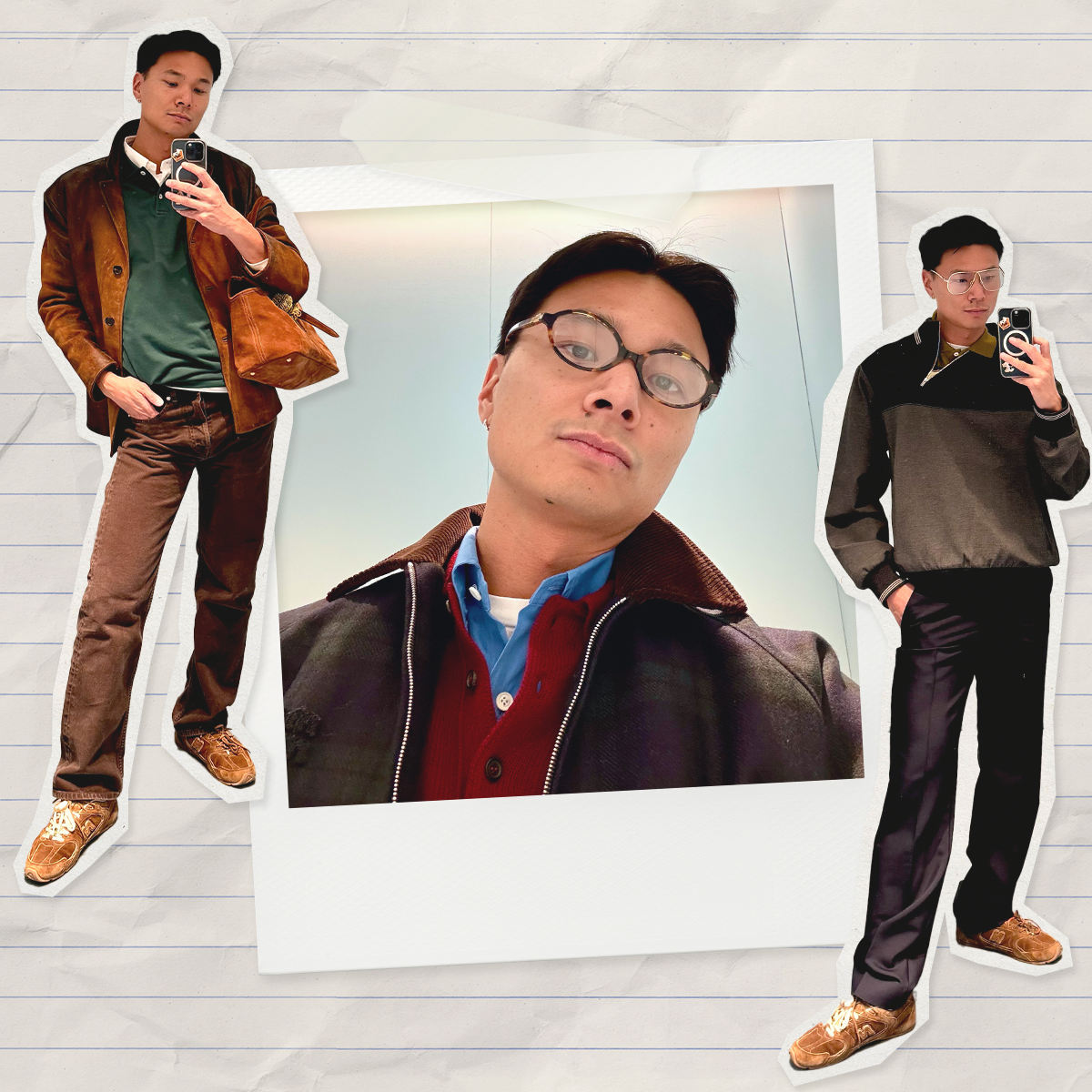 The Diary of a Miu Miu Boy: 5 Outfits That Guarantee the Famous Nerdy-But-Chic Aesthetic
The Diary of a Miu Miu Boy: 5 Outfits That Guarantee the Famous Nerdy-But-Chic AestheticBrace yourself for the ultimate wish list.
-
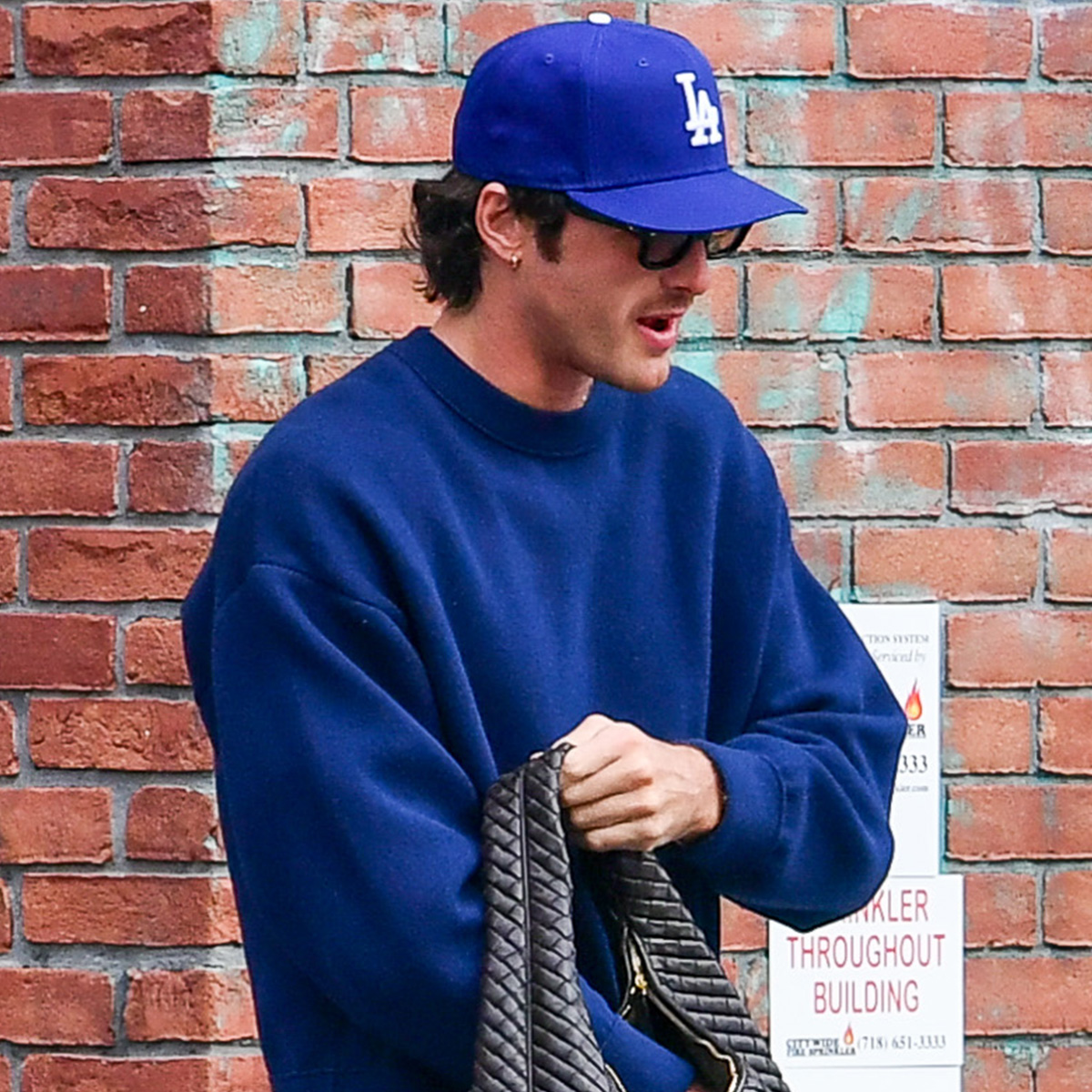 Everyone Cool in New York Is Wearing This New Sneaker Instead of Loafers, Ballet Flats, and Boots
Everyone Cool in New York Is Wearing This New Sneaker Instead of Loafers, Ballet Flats, and BootsIt's the hardest-to-source sneaker in fashion right now.
-
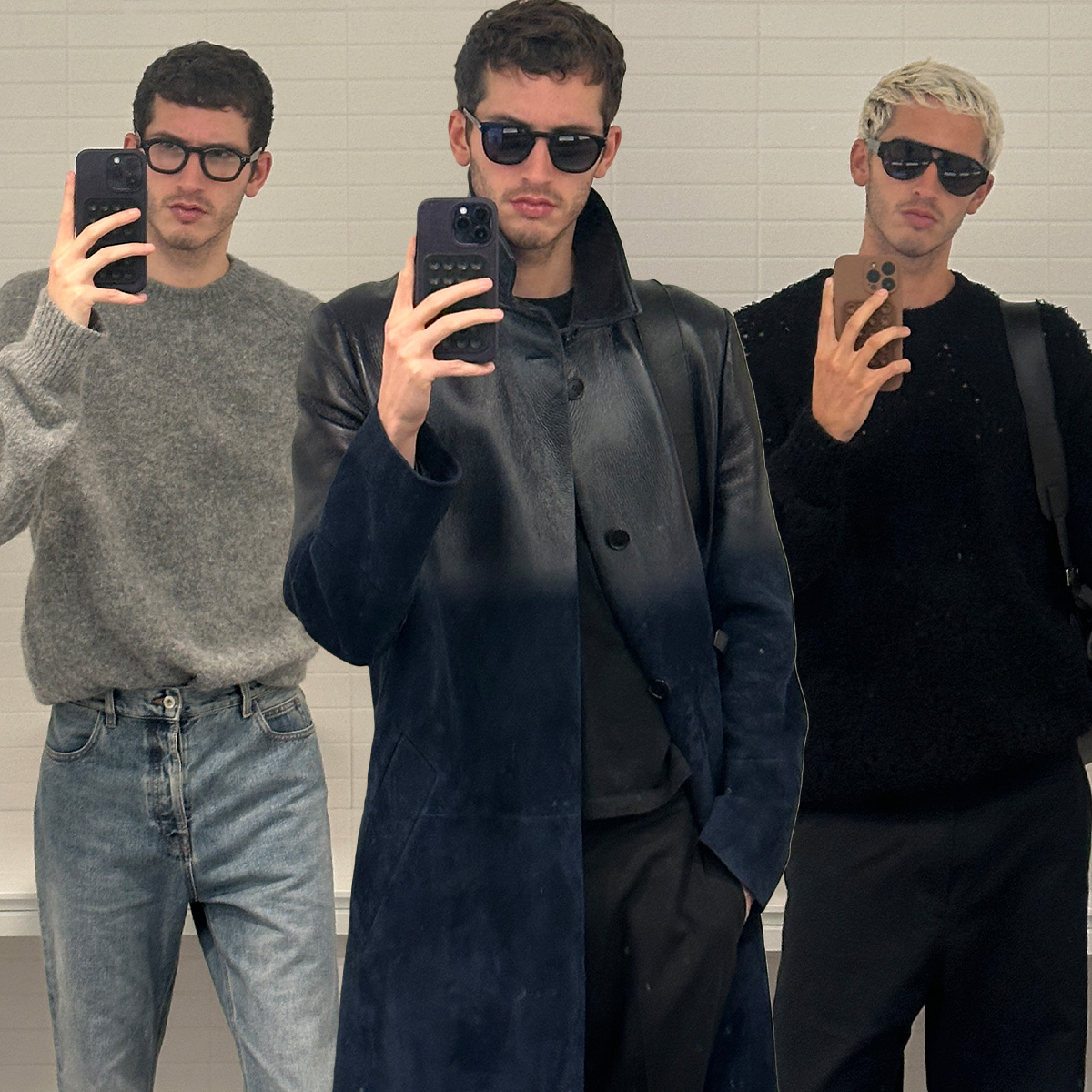 I'm a Men's Stylist, and These Are the 5 Fall Staples I'm Actually Shopping
I'm a Men's Stylist, and These Are the 5 Fall Staples I'm Actually ShoppingWardrobe essentials ahead.
-
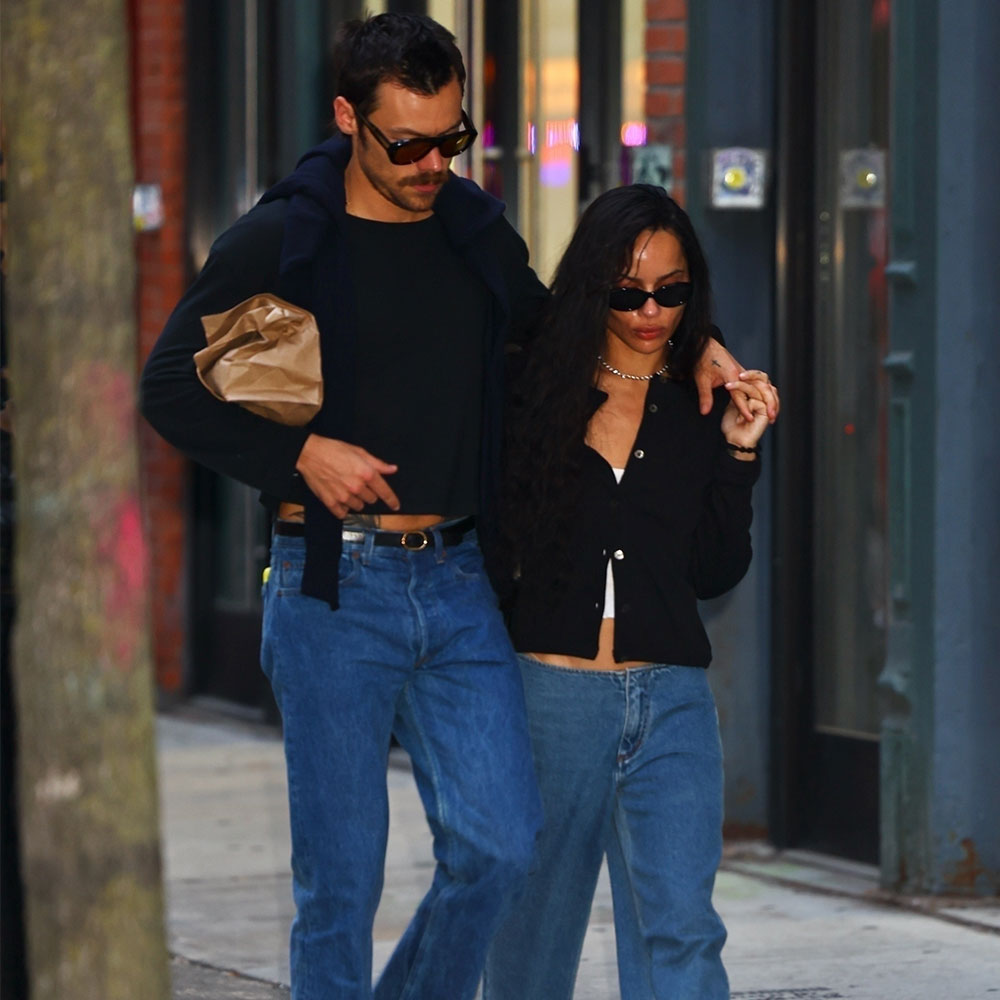 Just Copy These Specific Harry Styles's Outfits, and Wear Them on Repeat (You'll Look Stylish)
Just Copy These Specific Harry Styles's Outfits, and Wear Them on Repeat (You'll Look Stylish)It's simple—wear his look, and look cool.
-
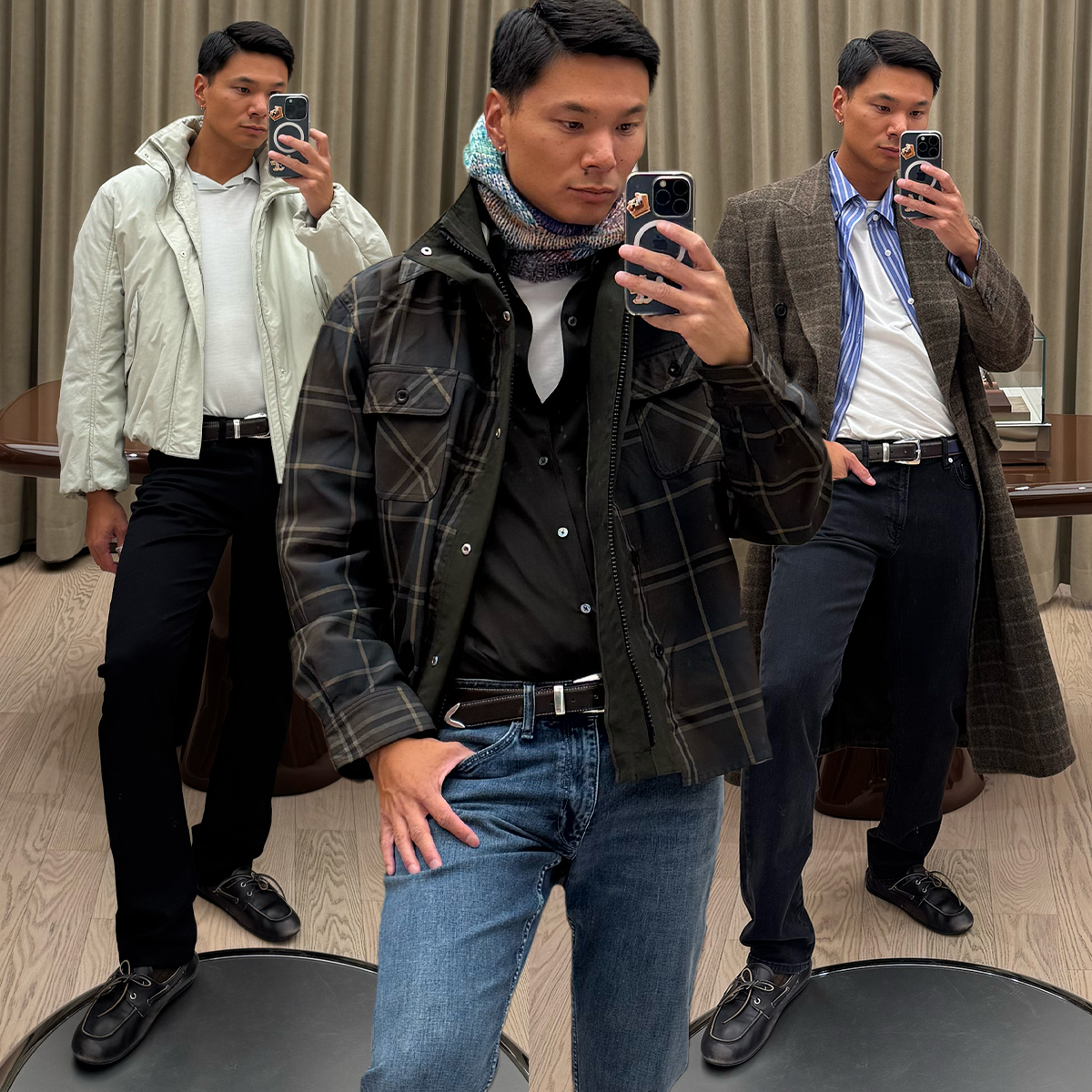 Chicer Than Skinny Jeans—Every Guy With Cool Style Is Wearing These 5 Fall Denim Styles Instead
Chicer Than Skinny Jeans—Every Guy With Cool Style Is Wearing These 5 Fall Denim Styles InsteadHolt Renfrew's fashion director shows us exactly how to style denim this season.
